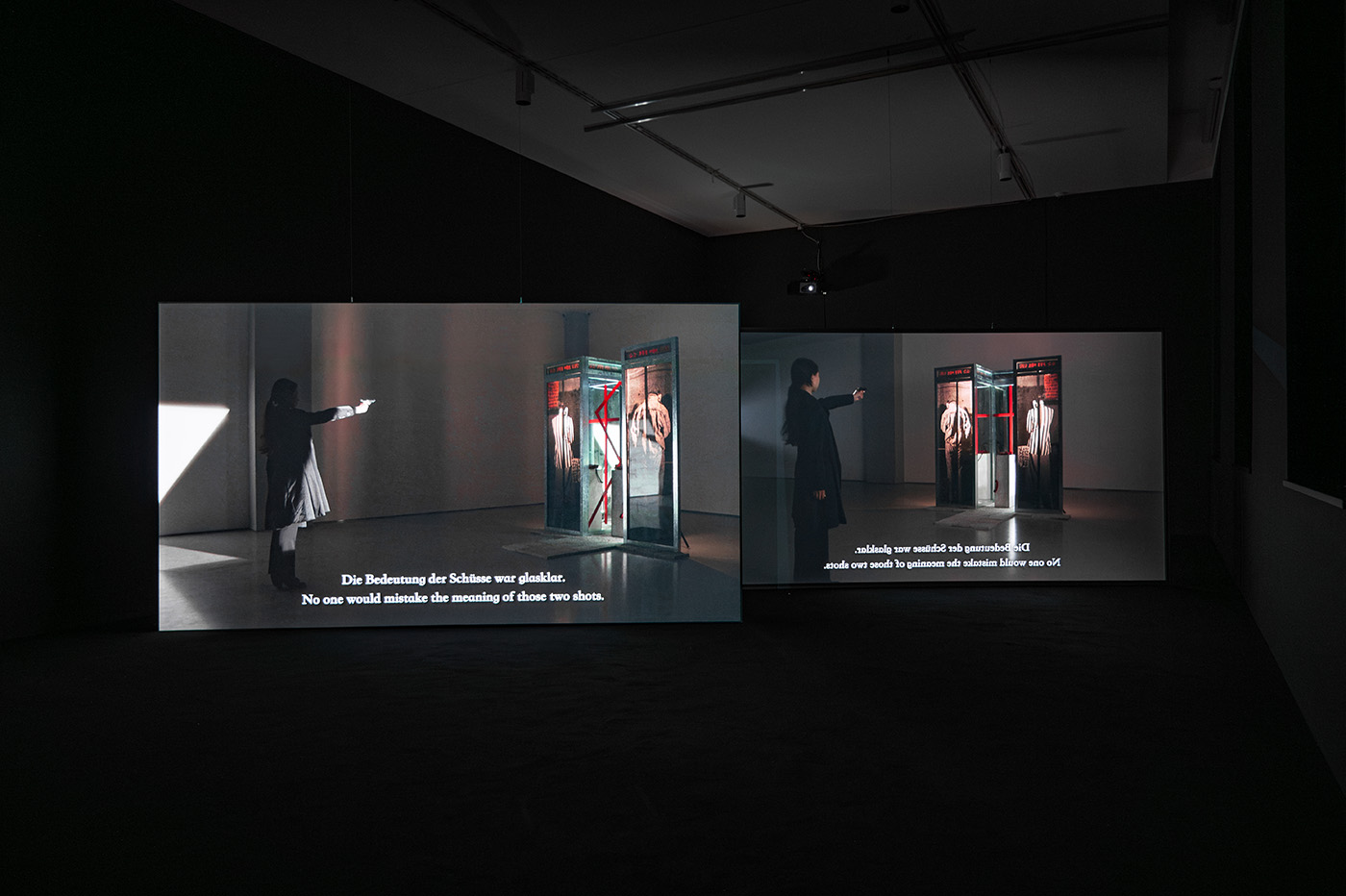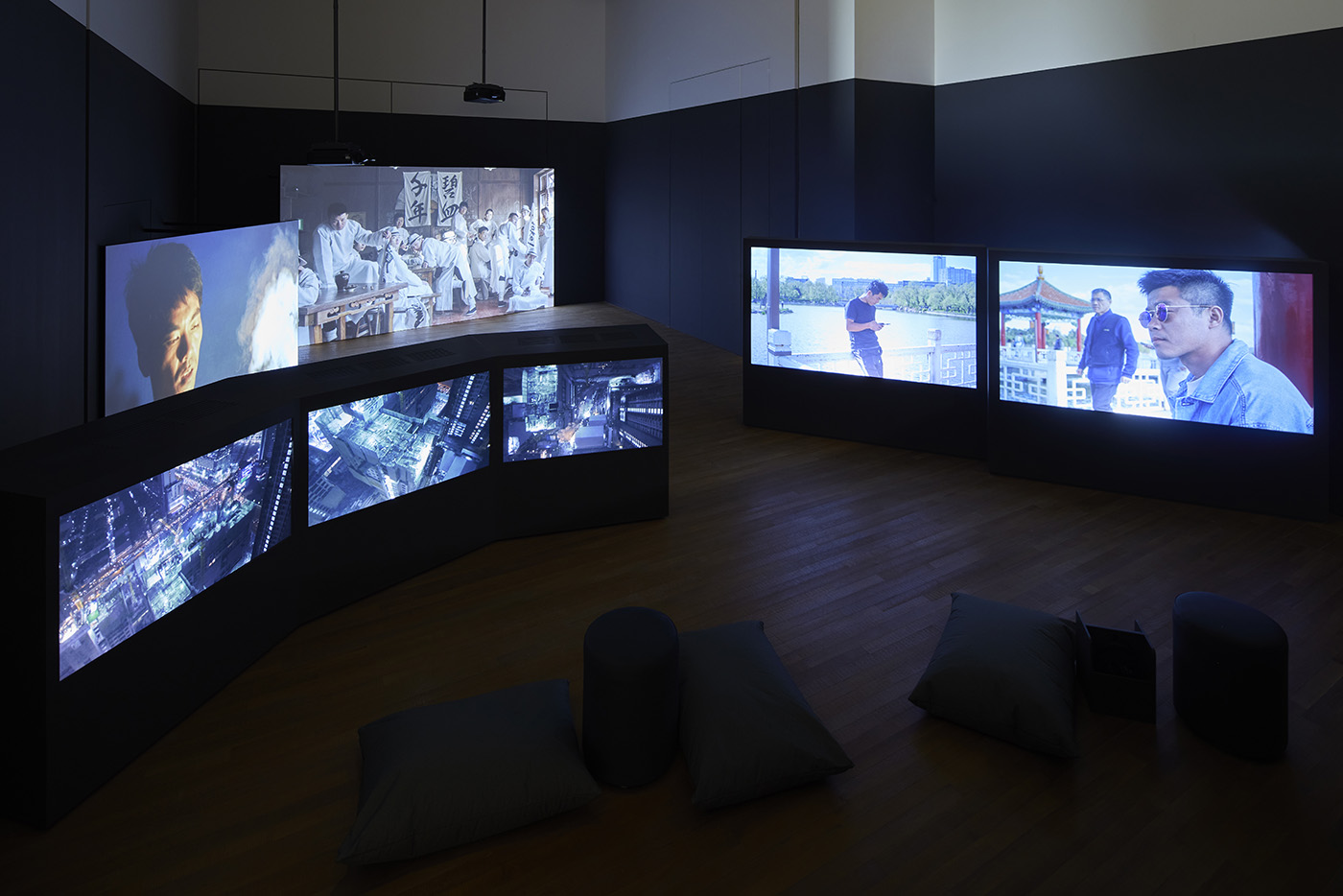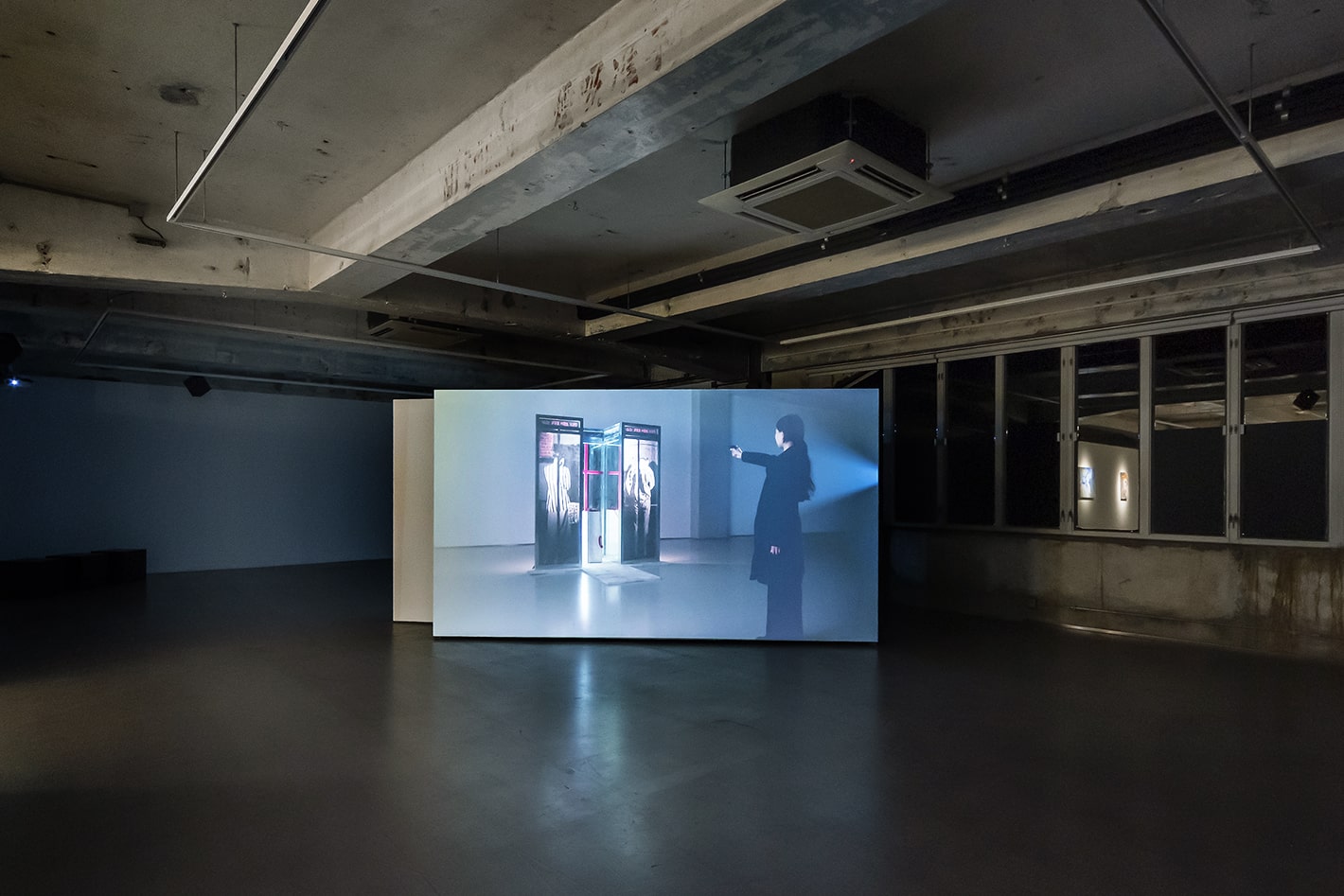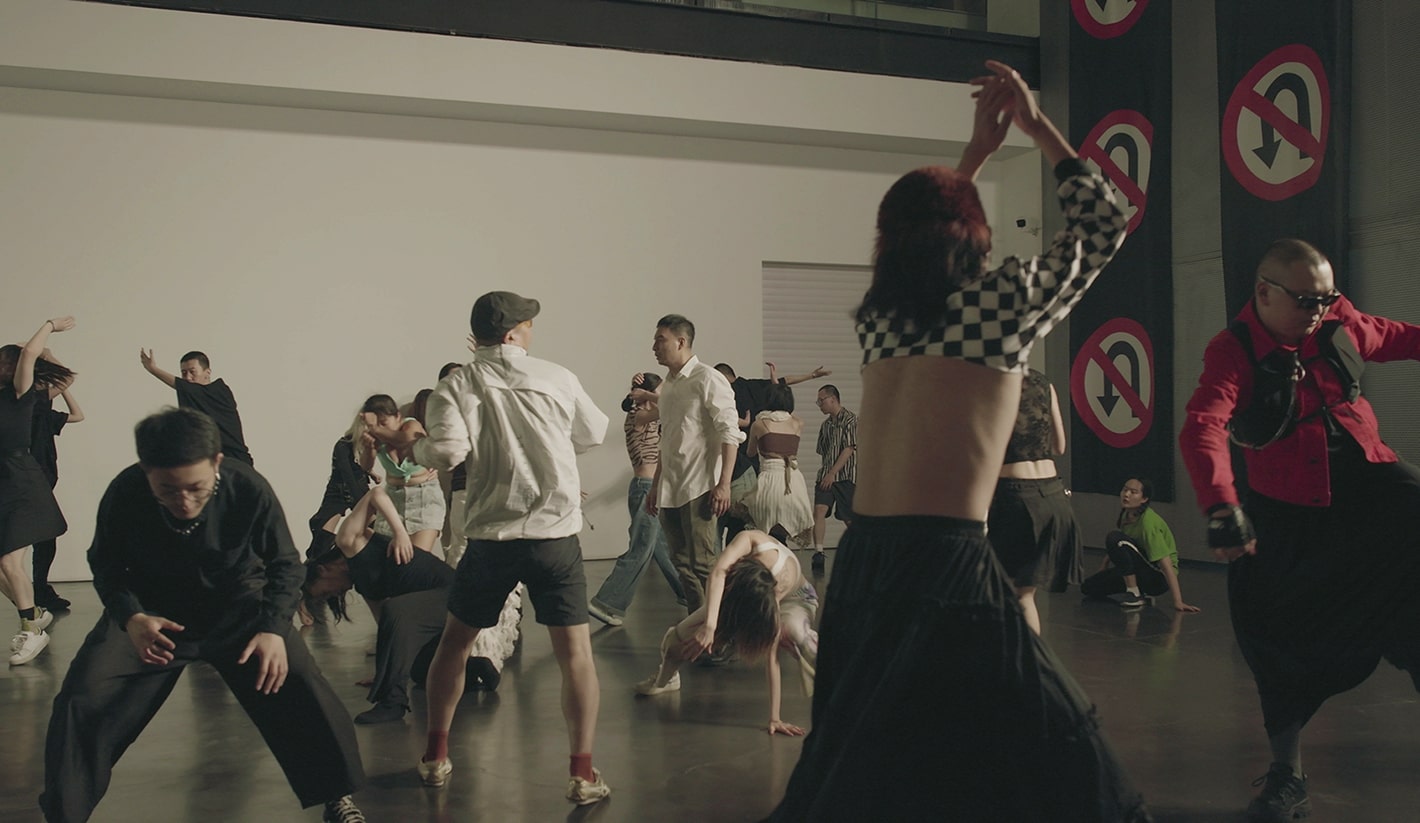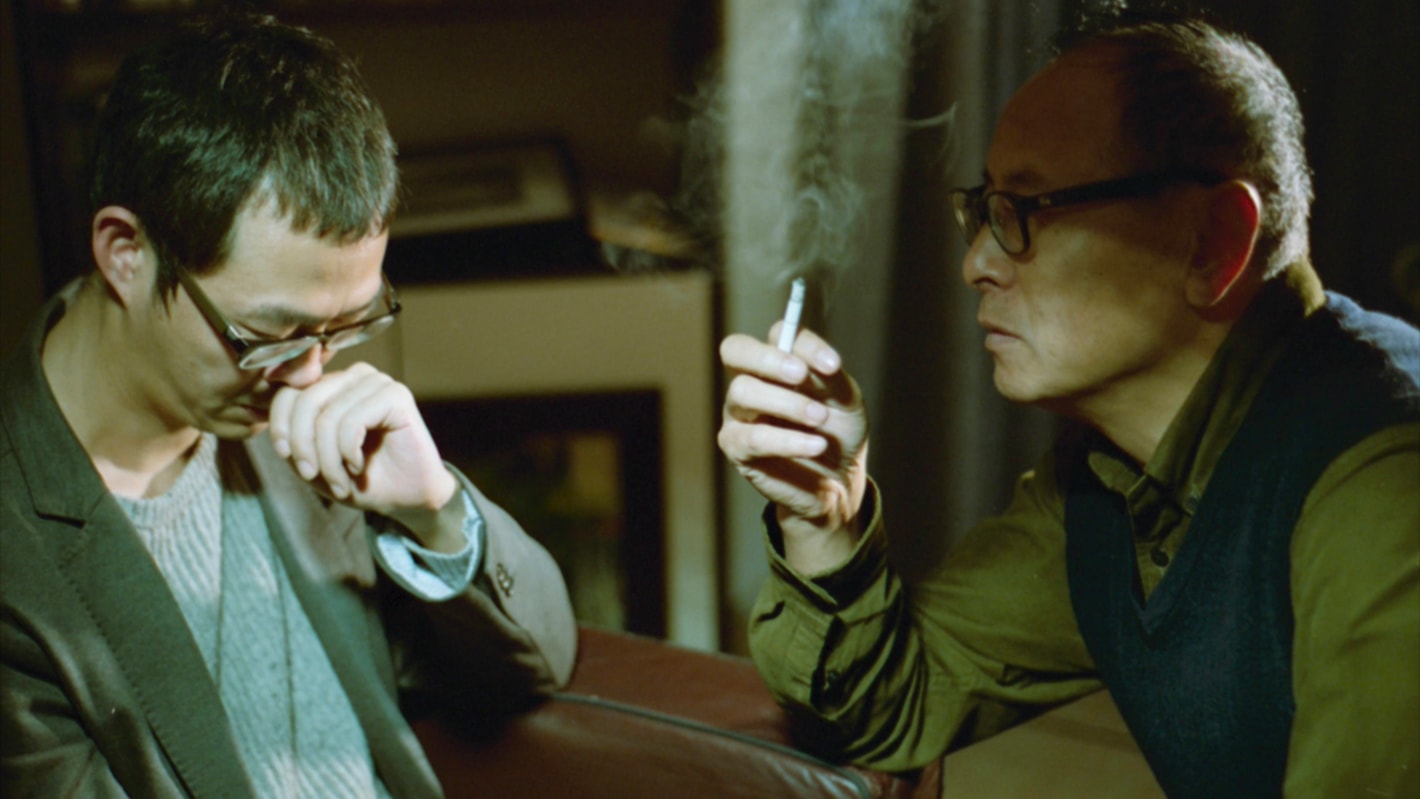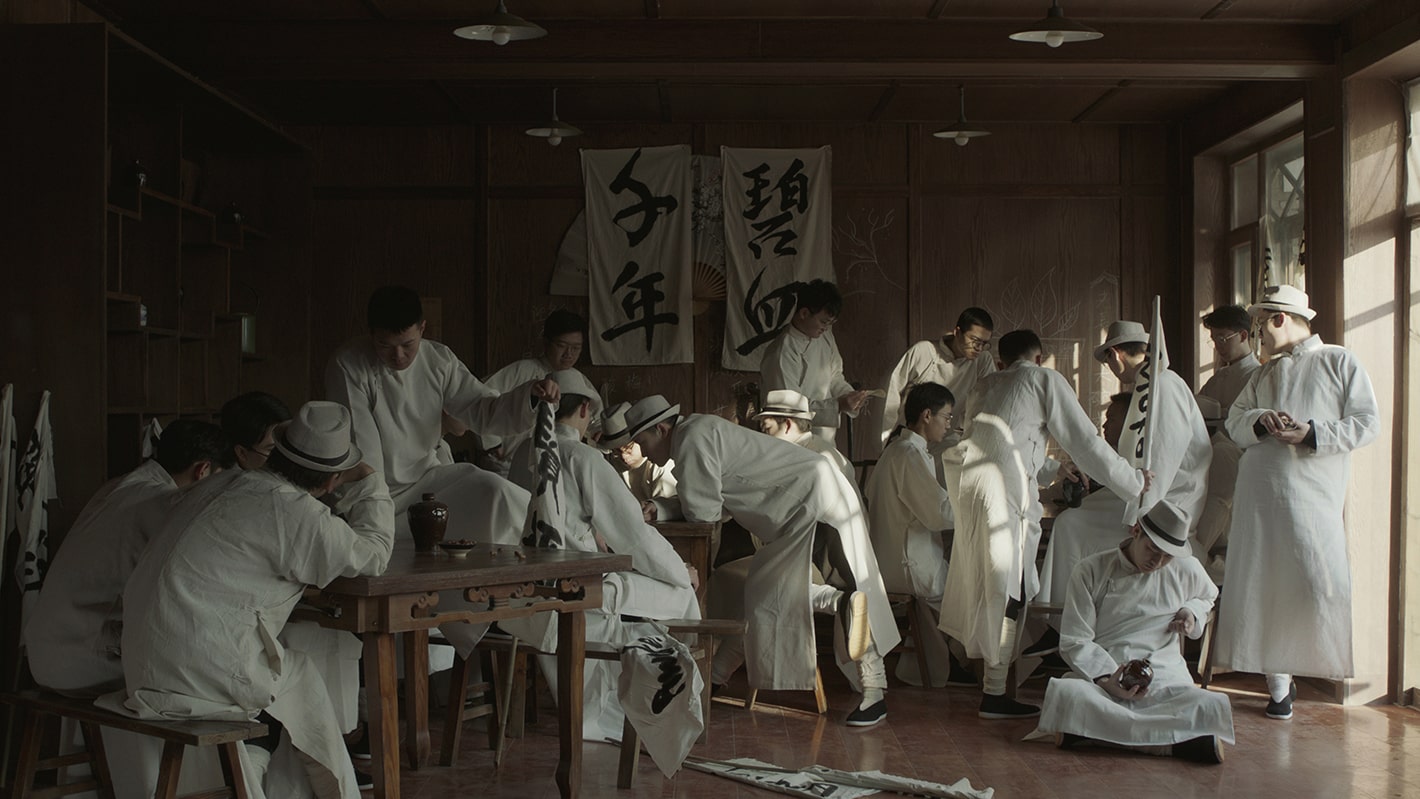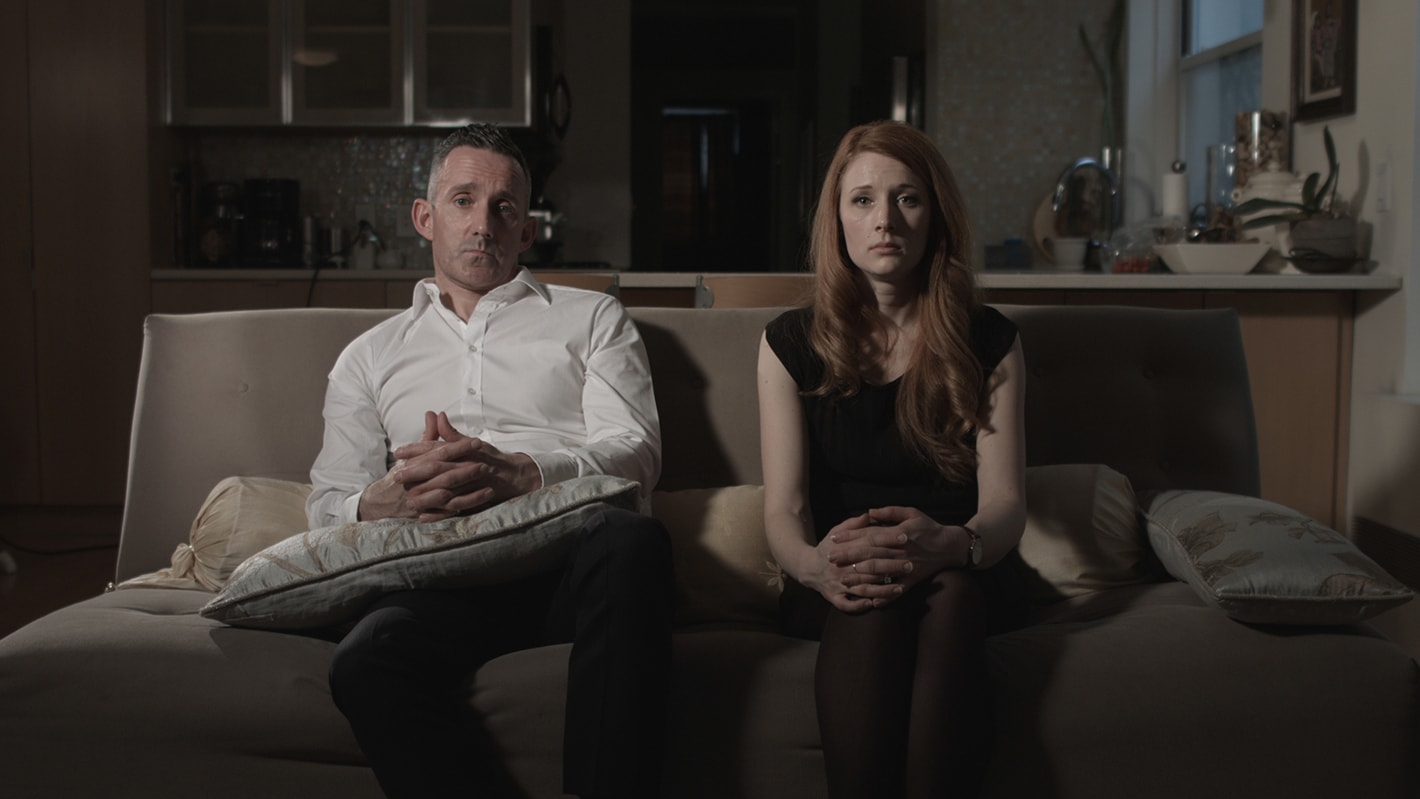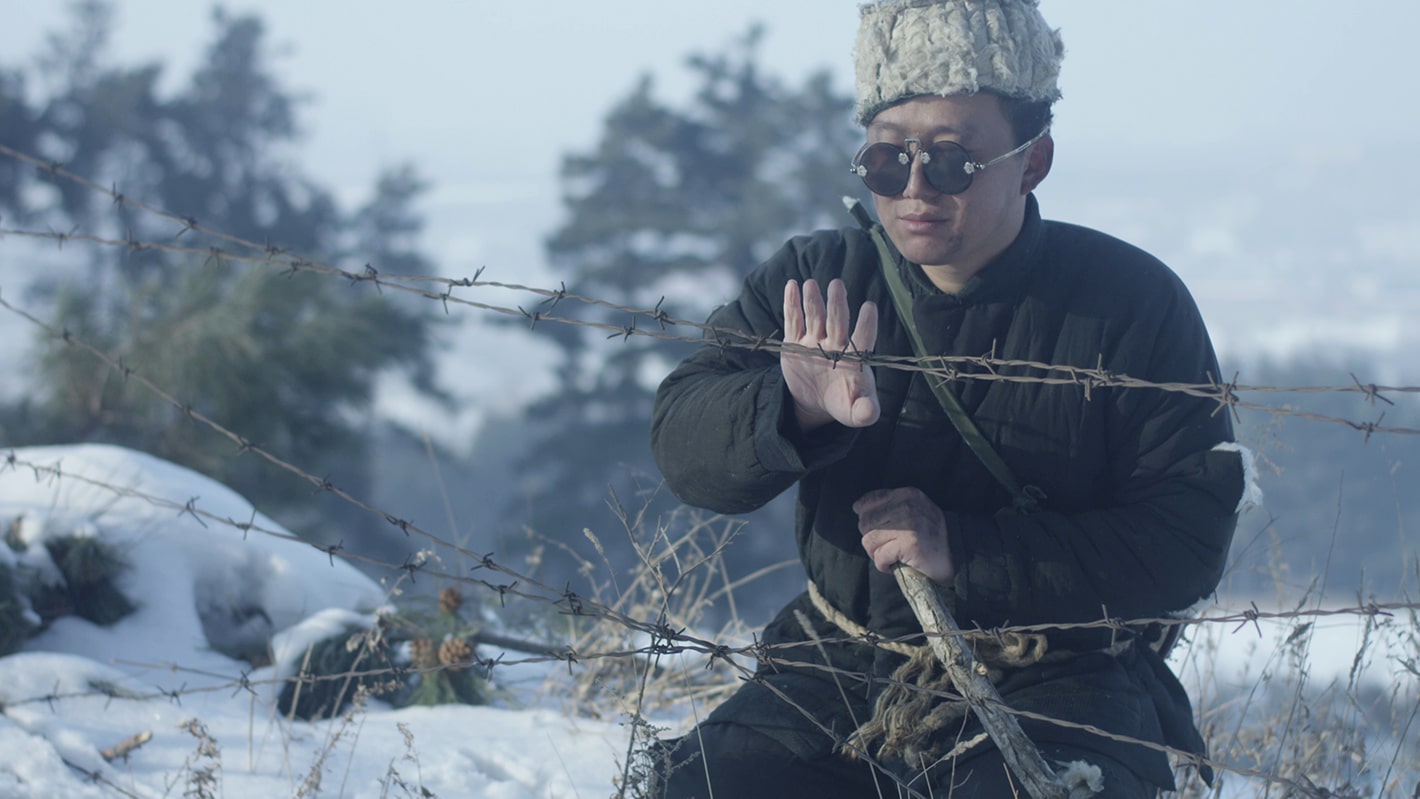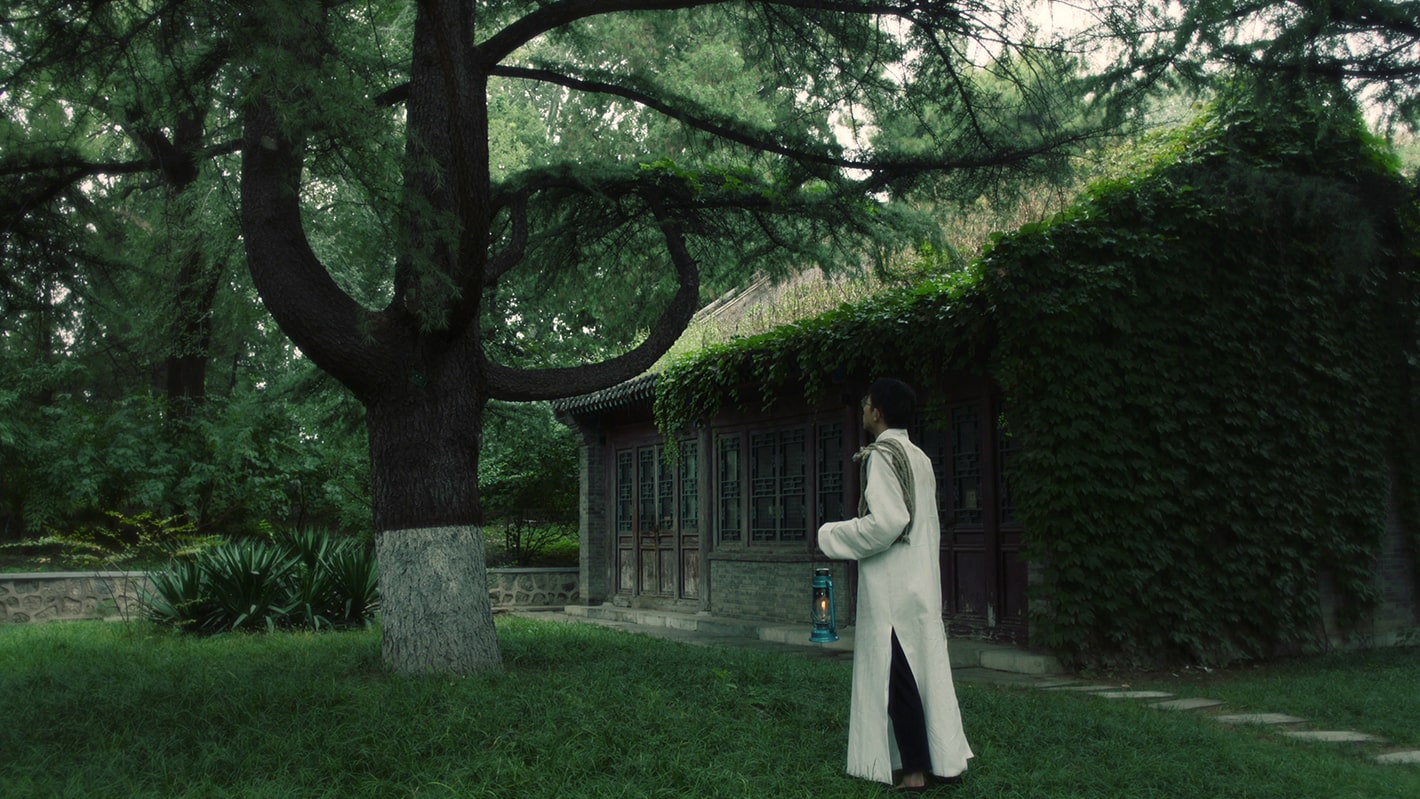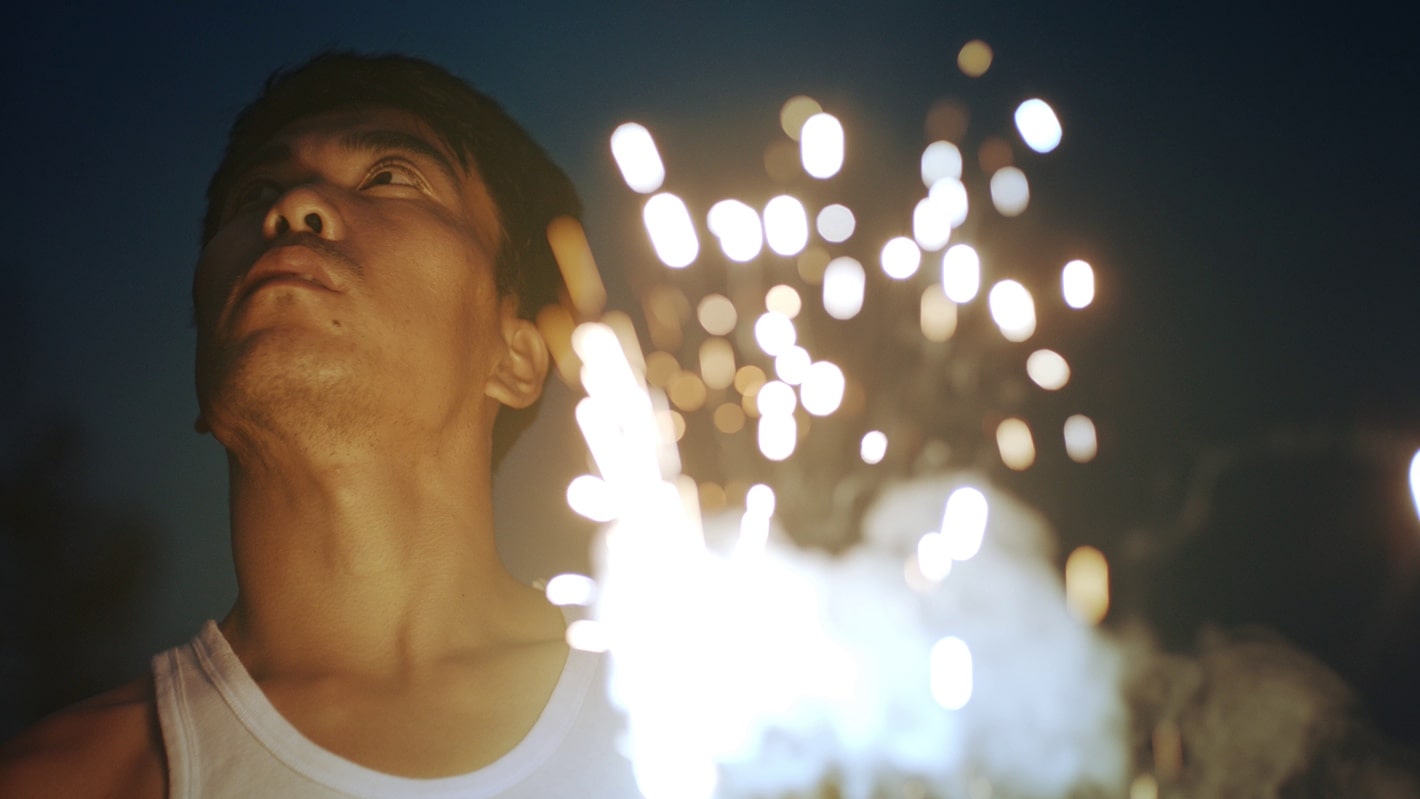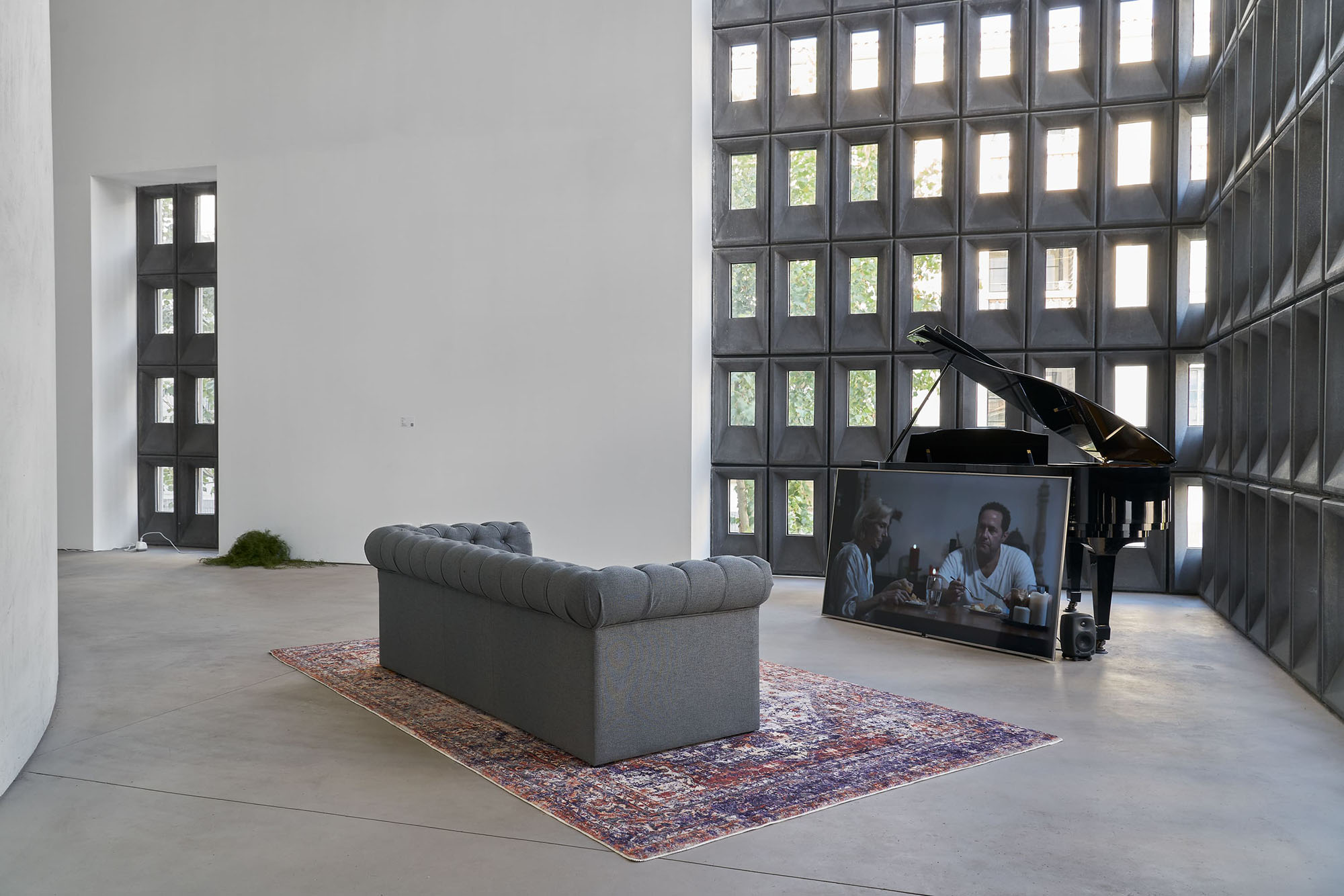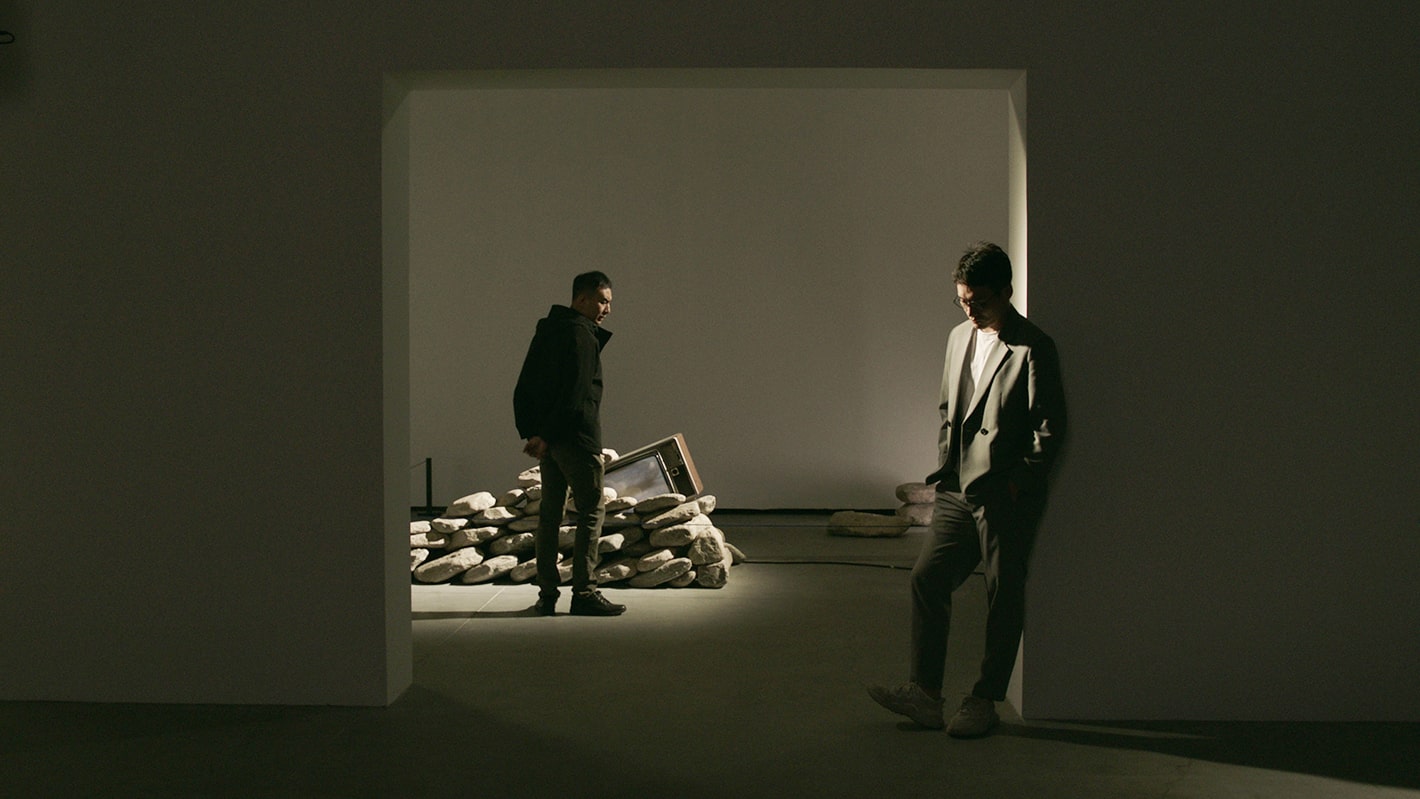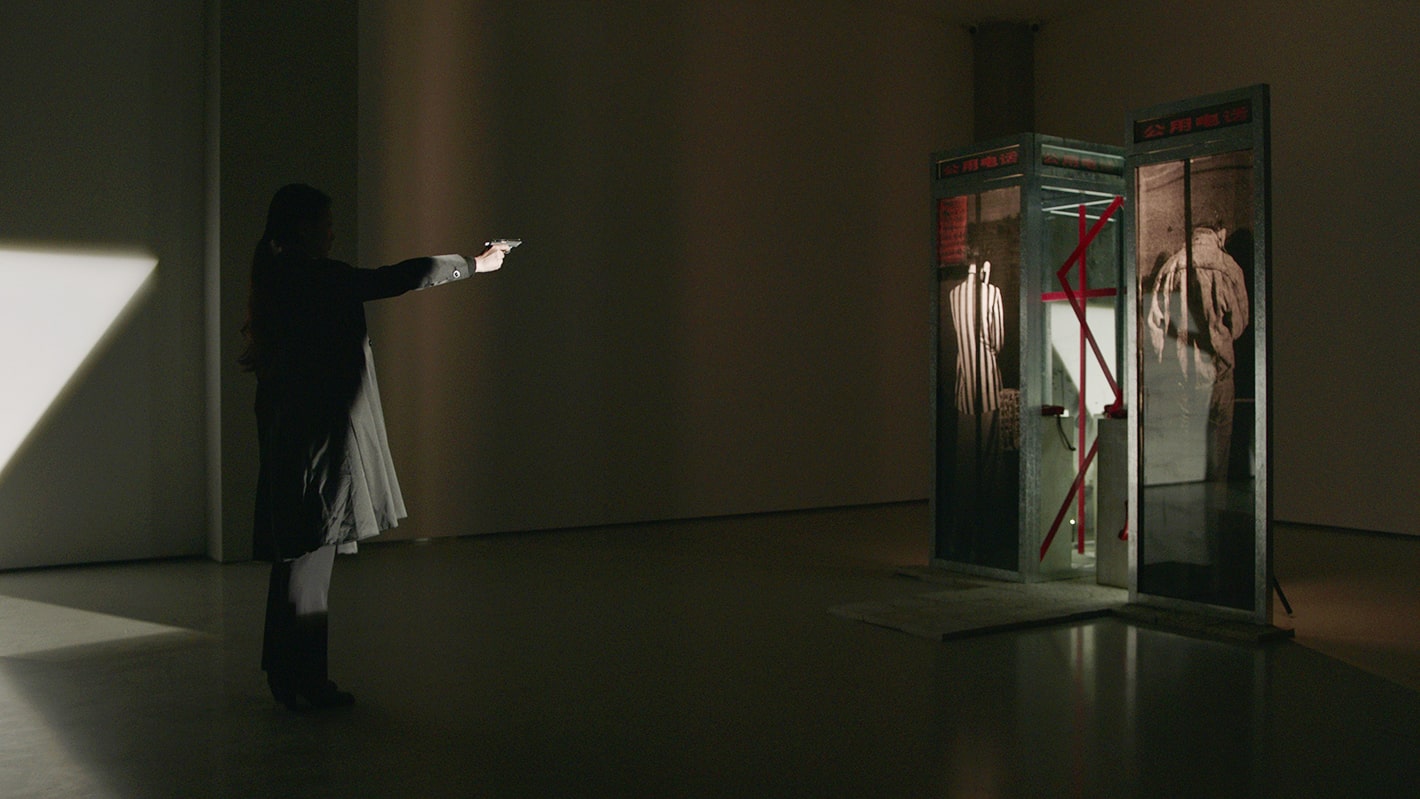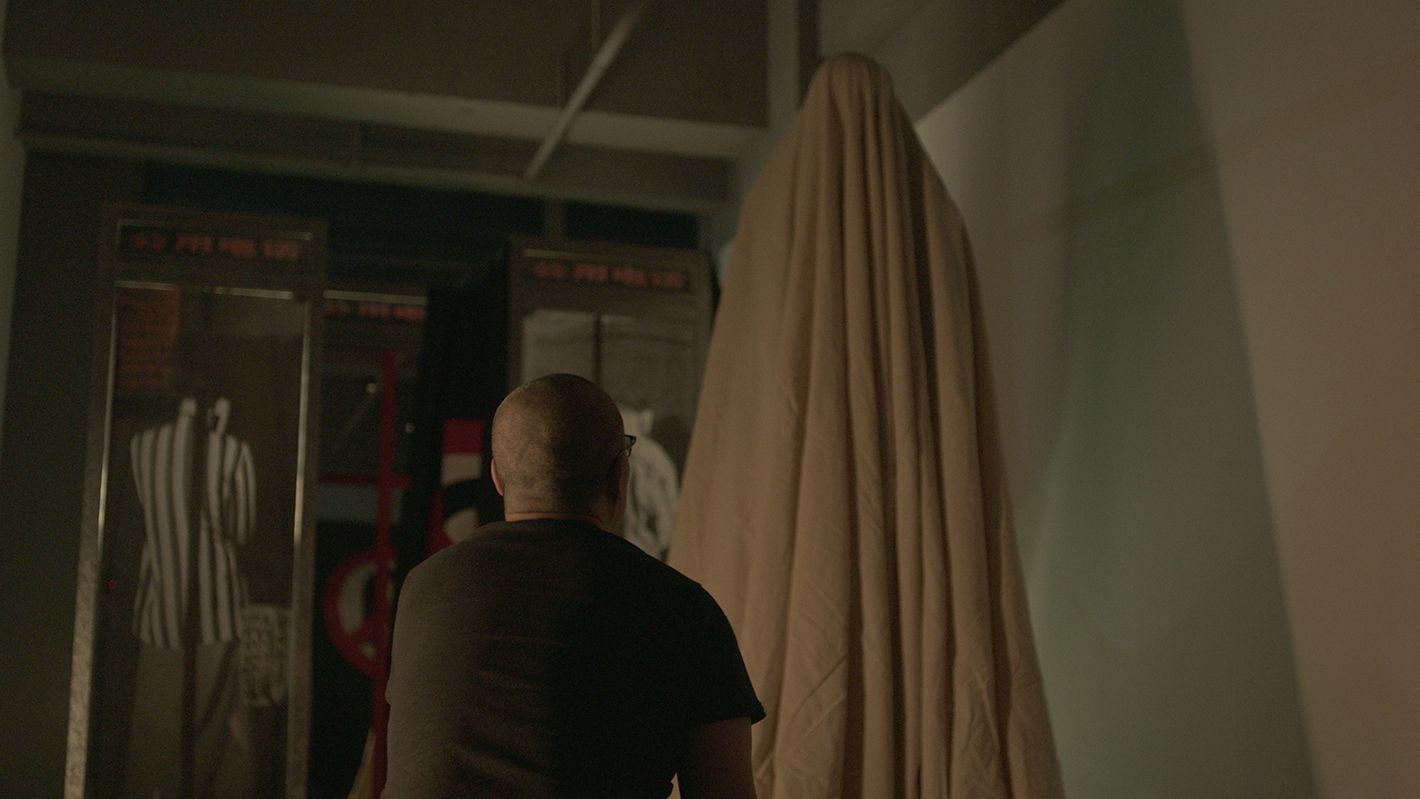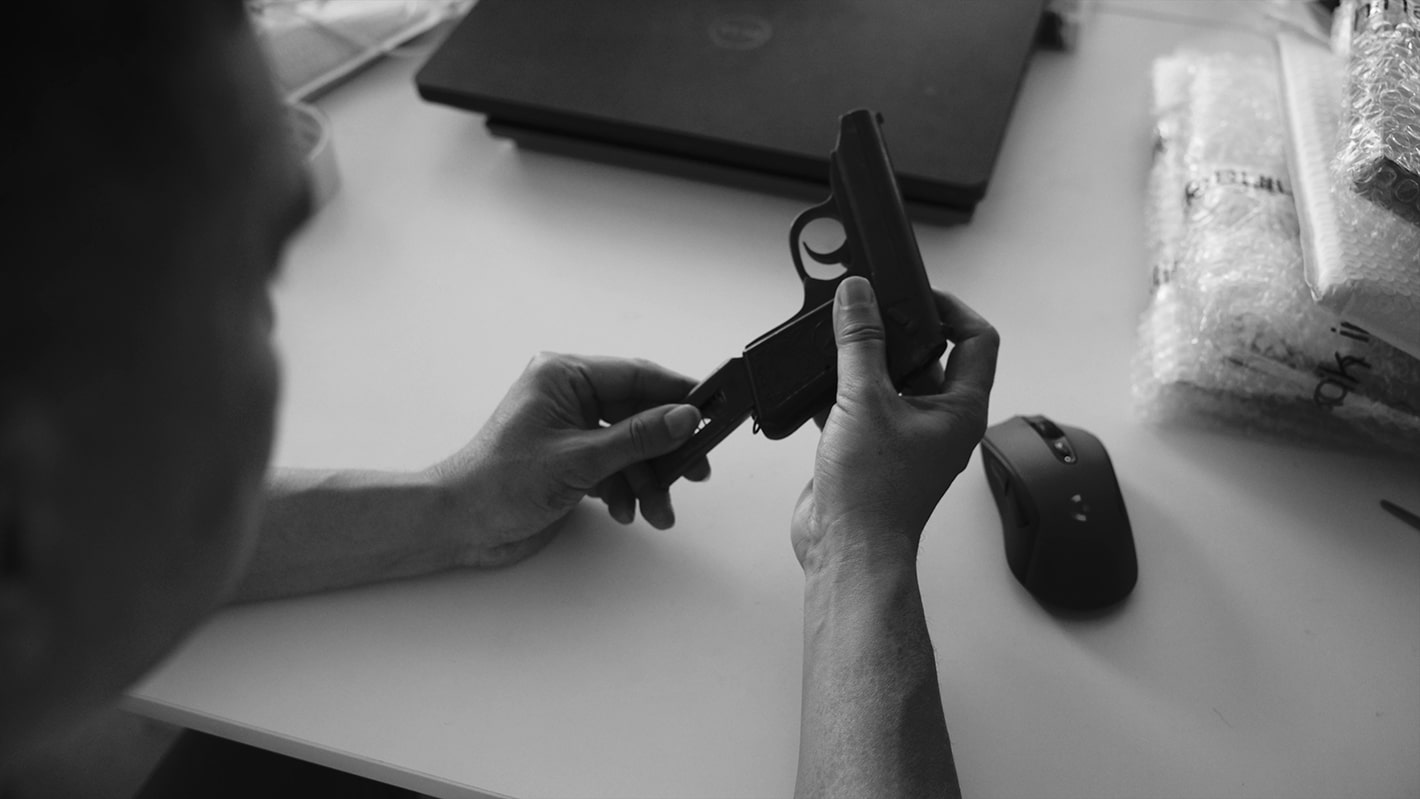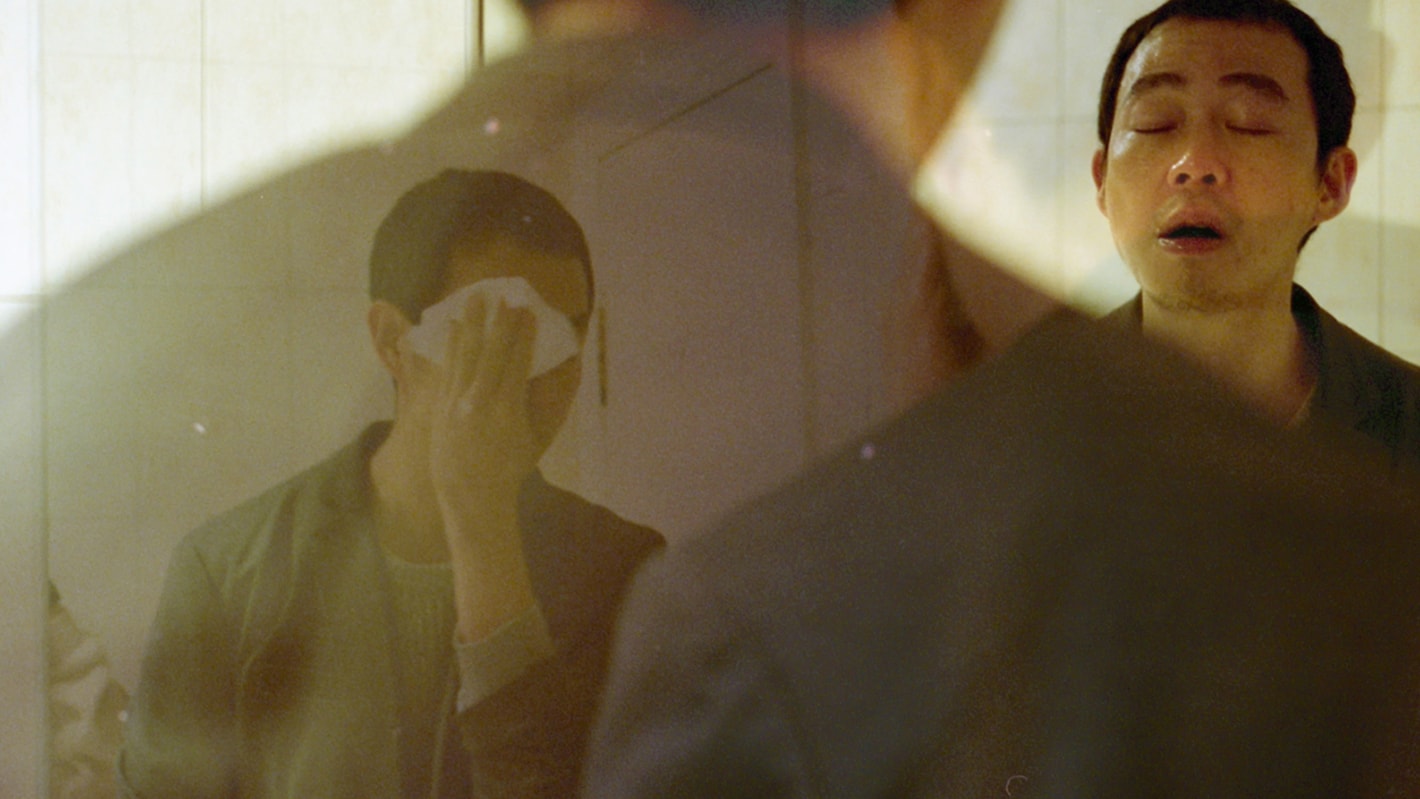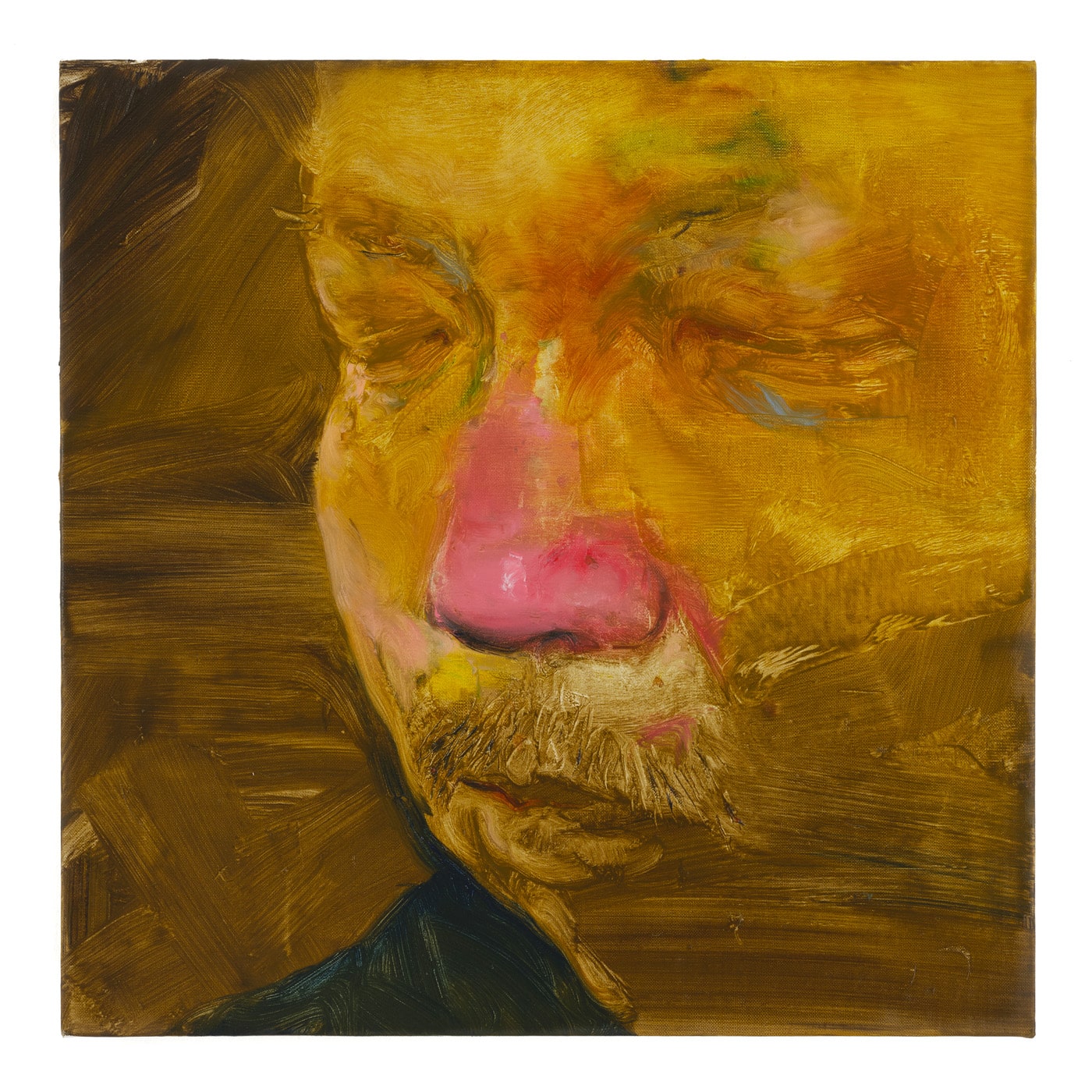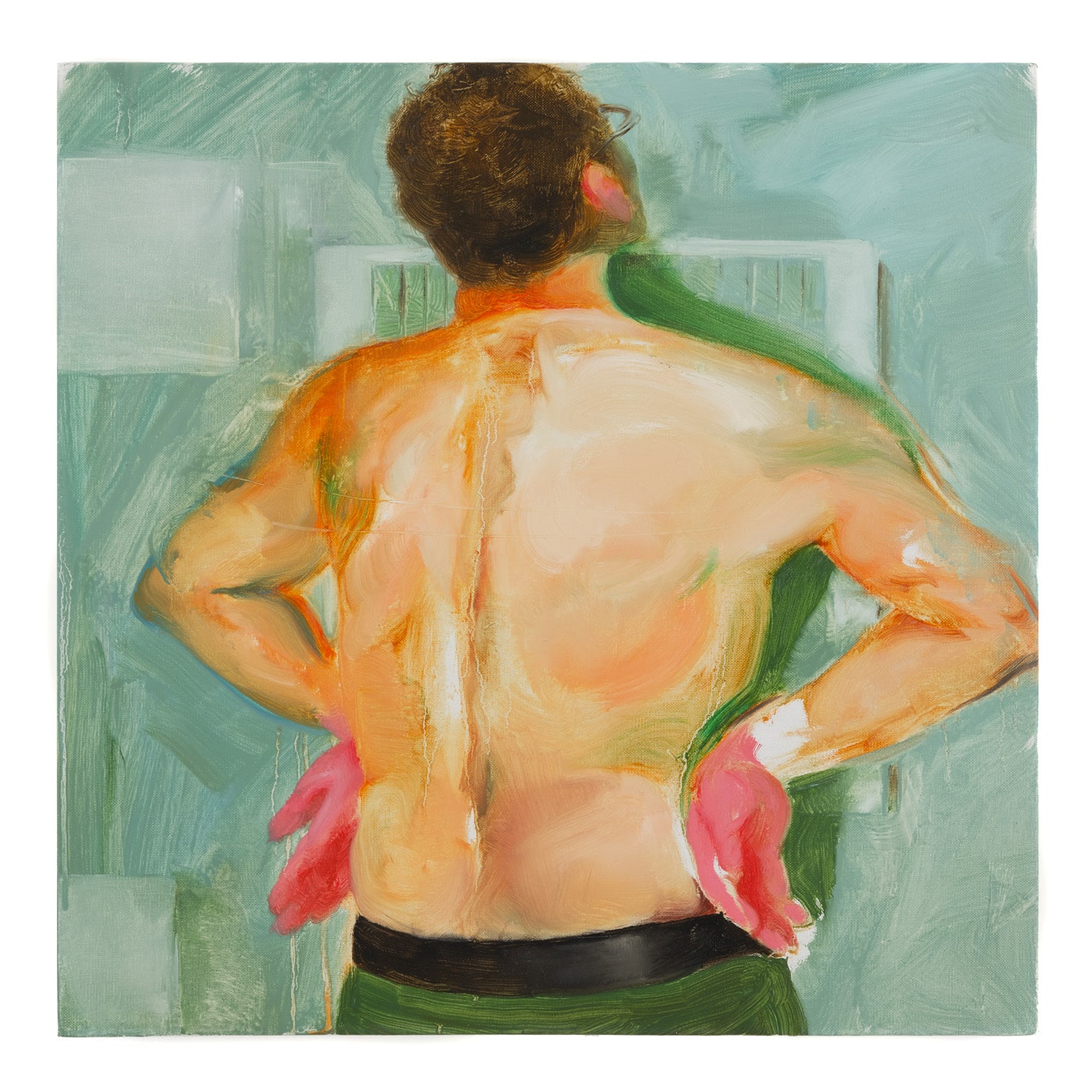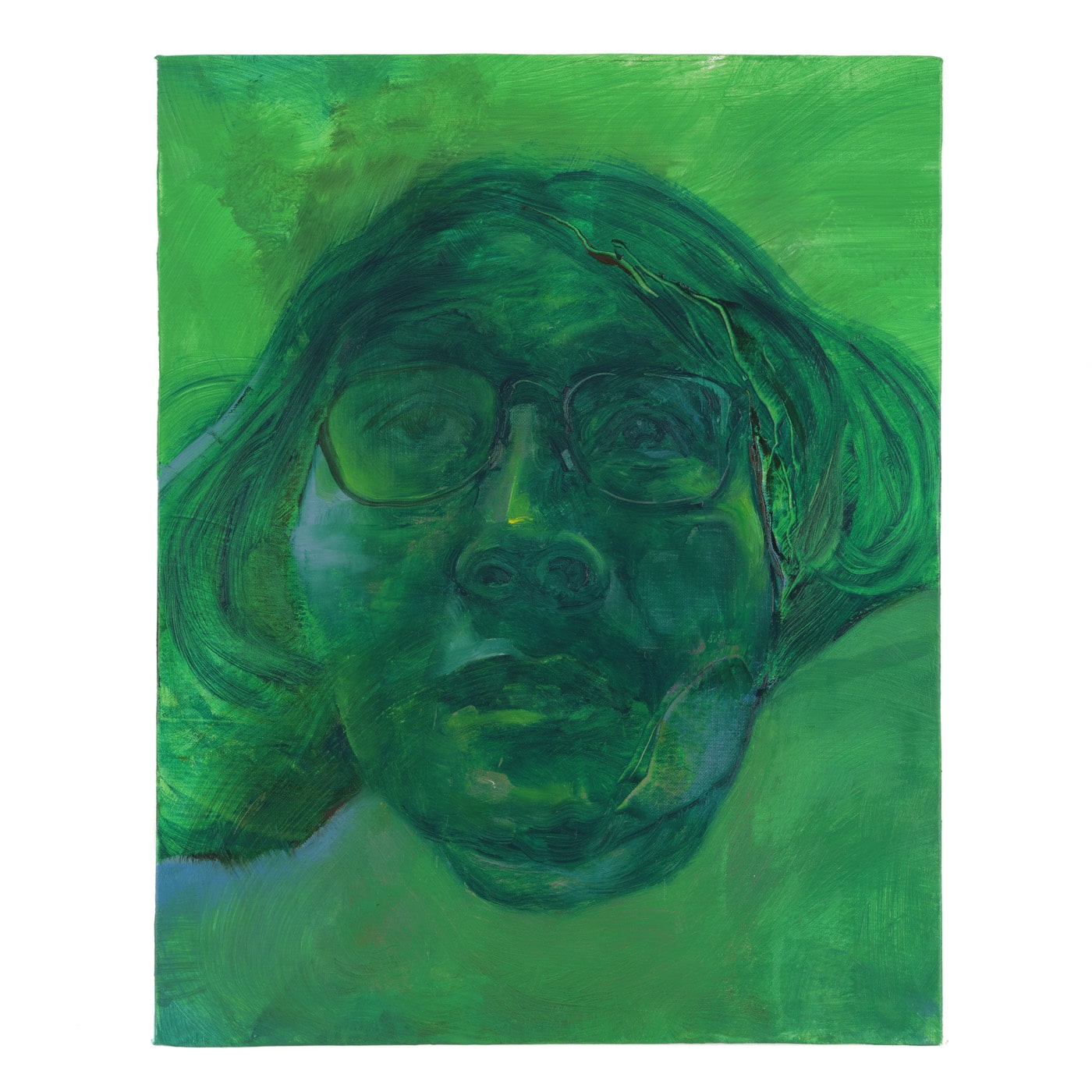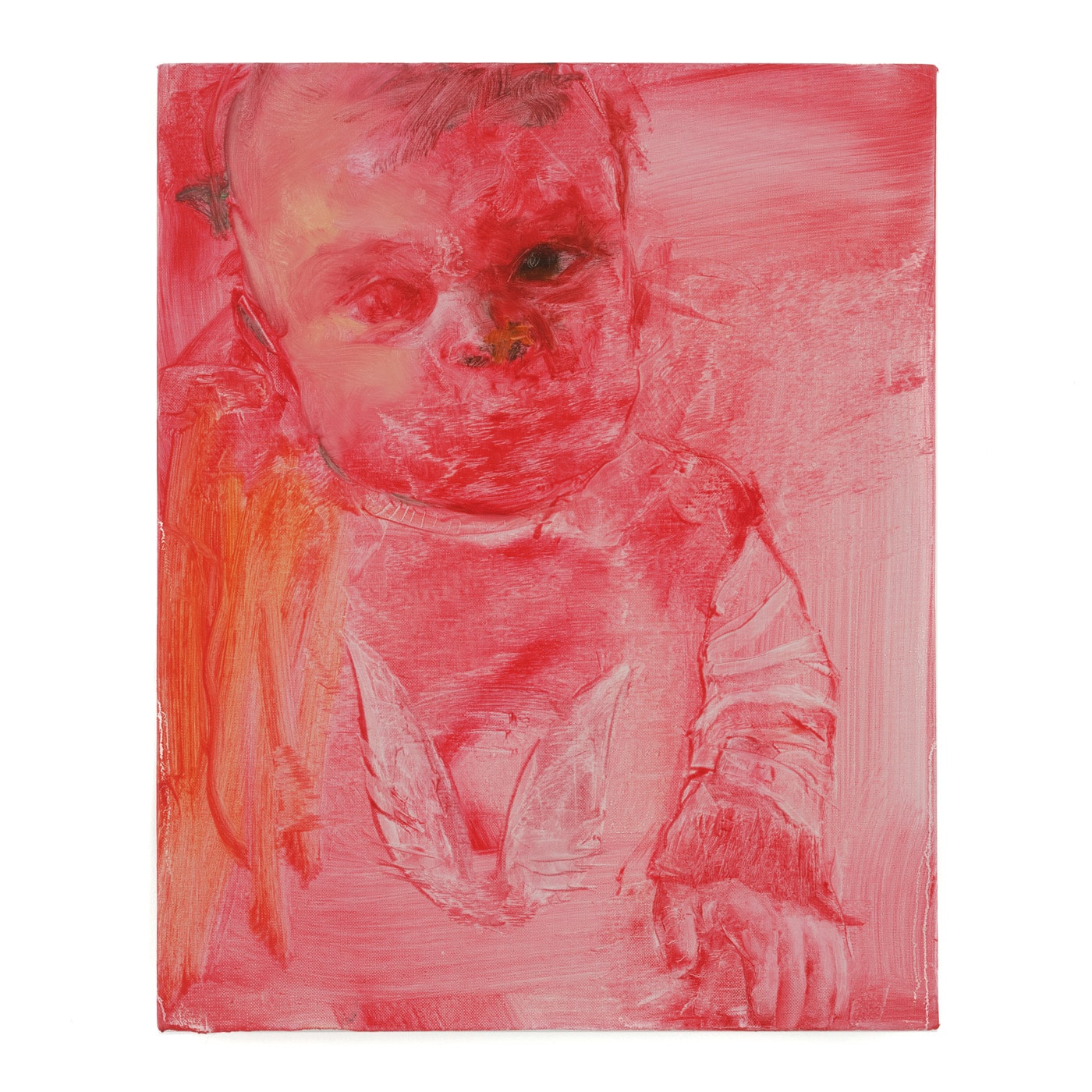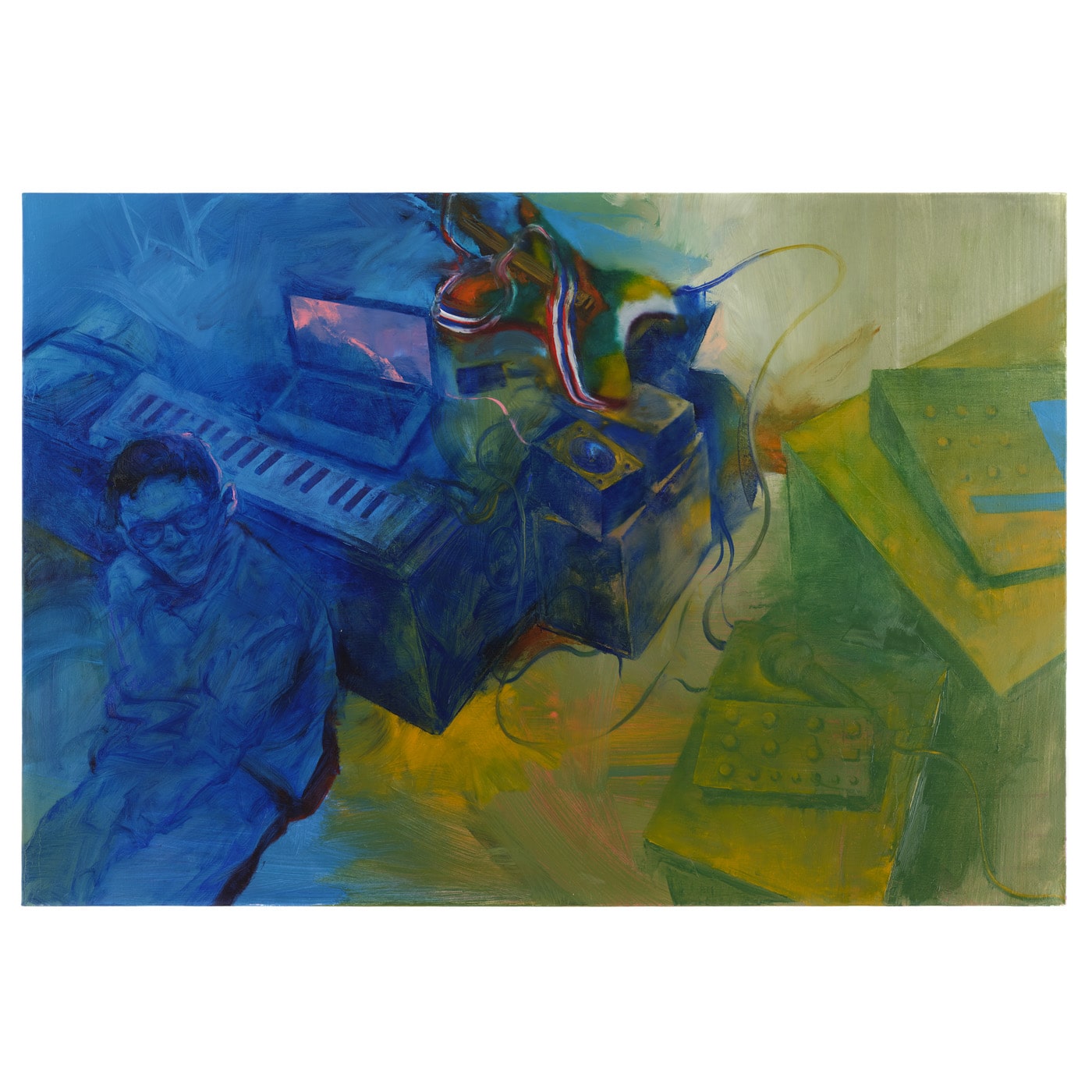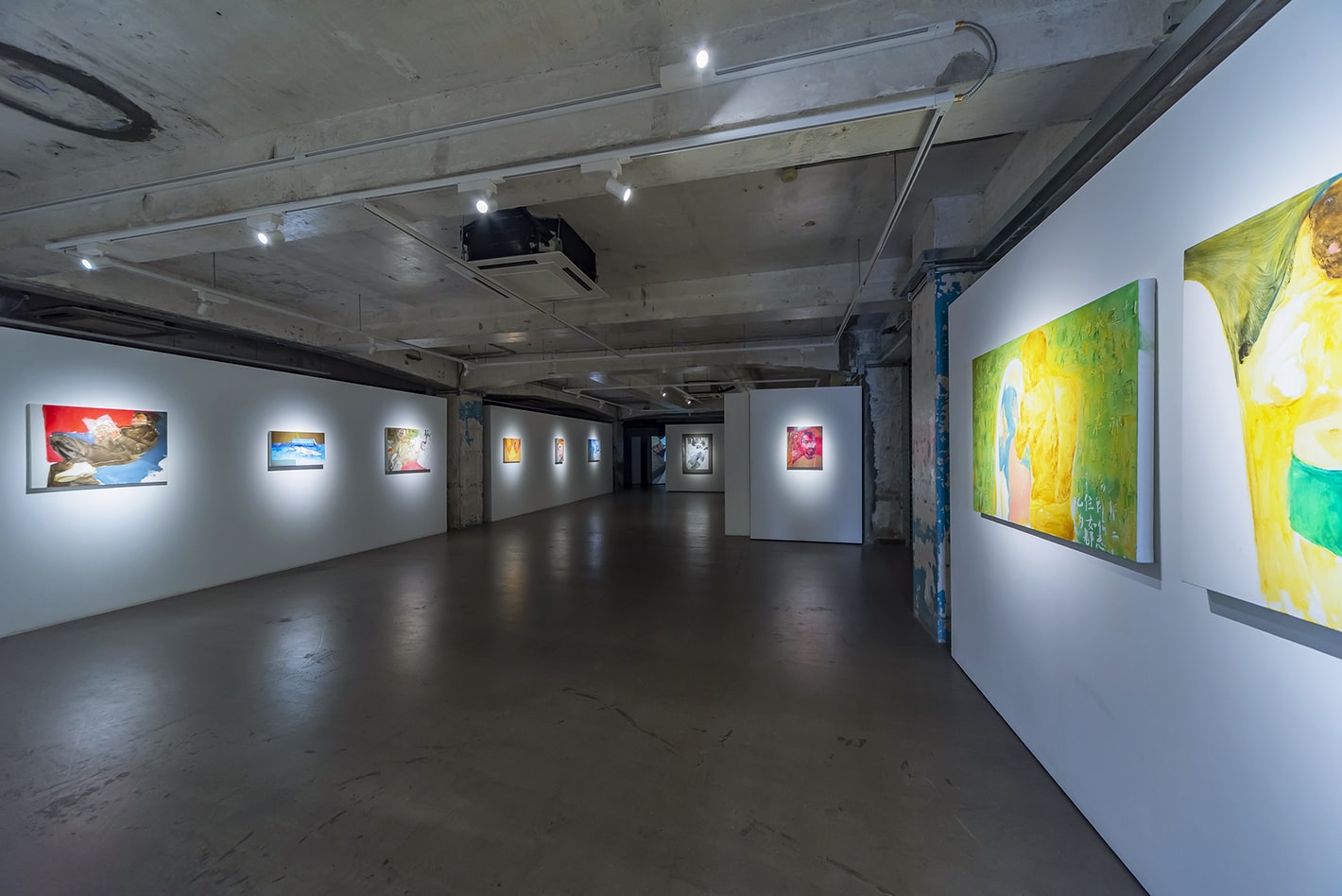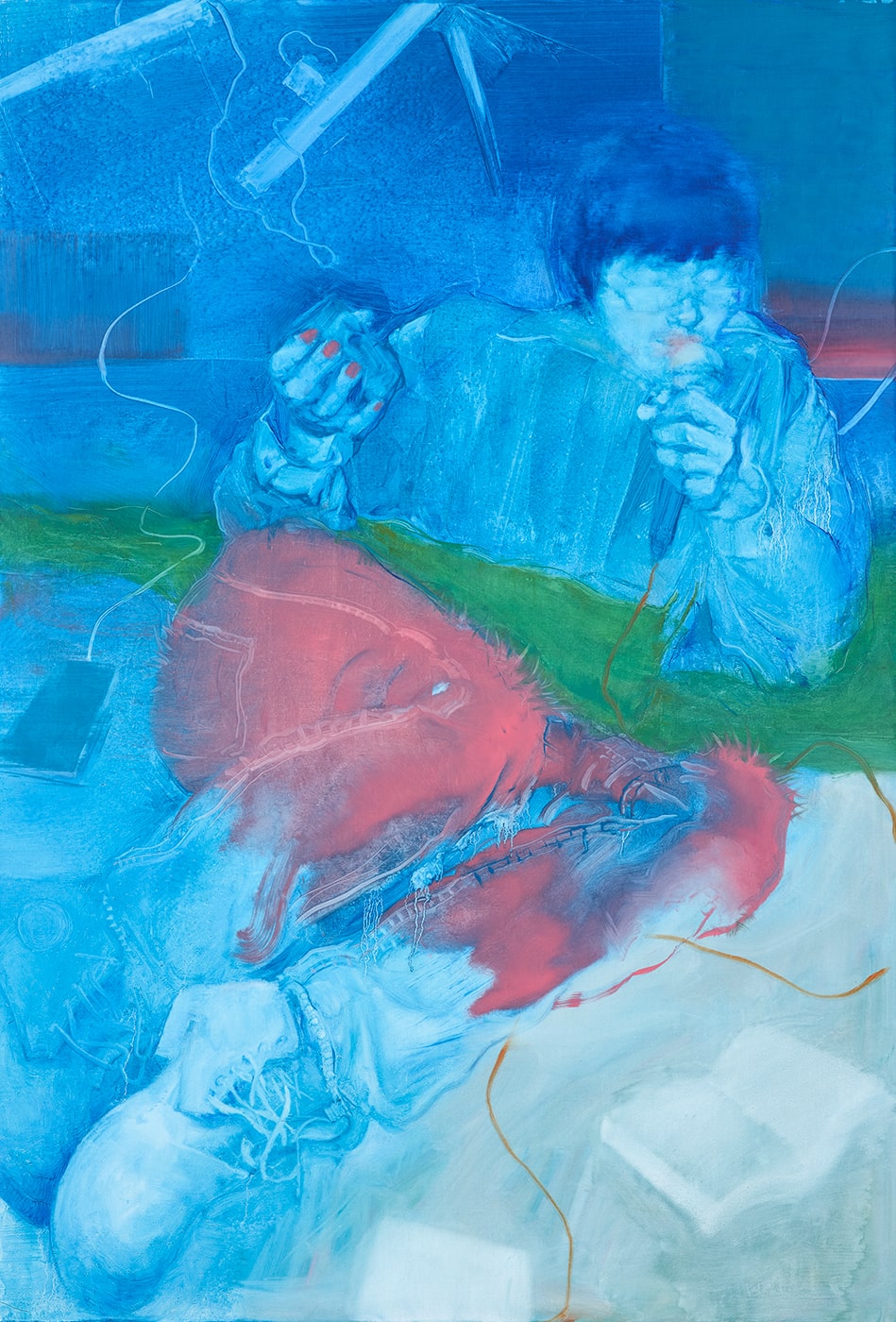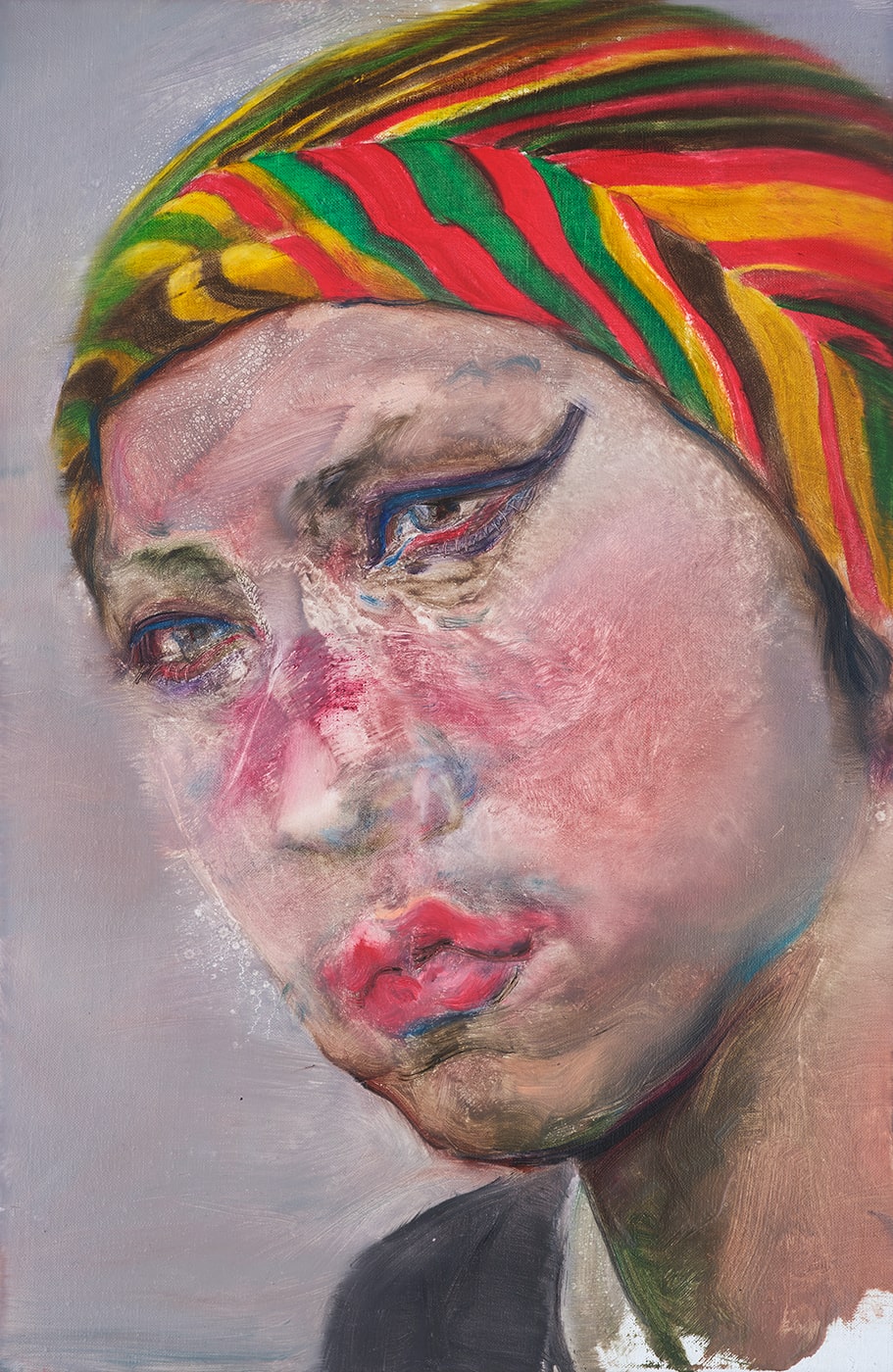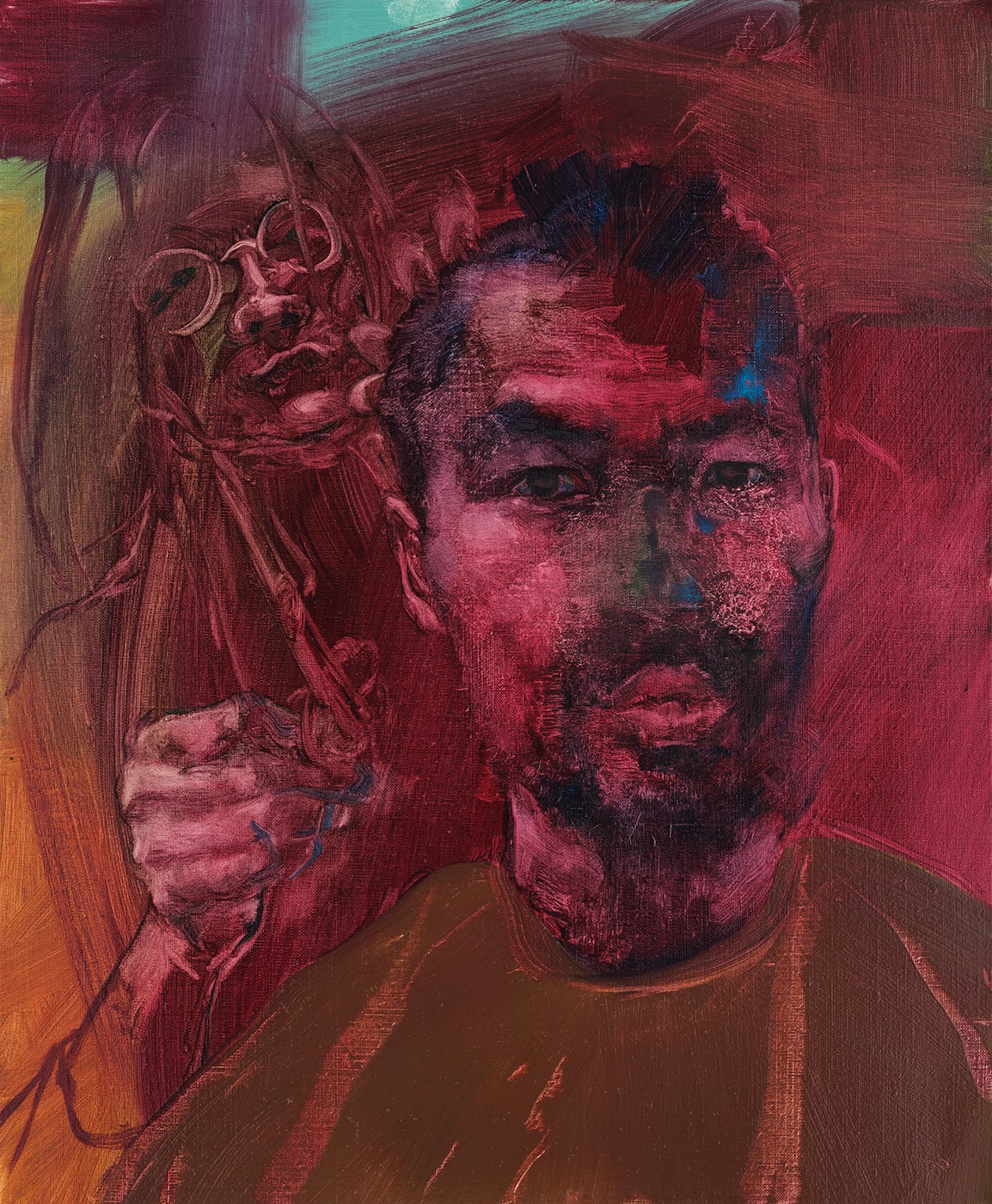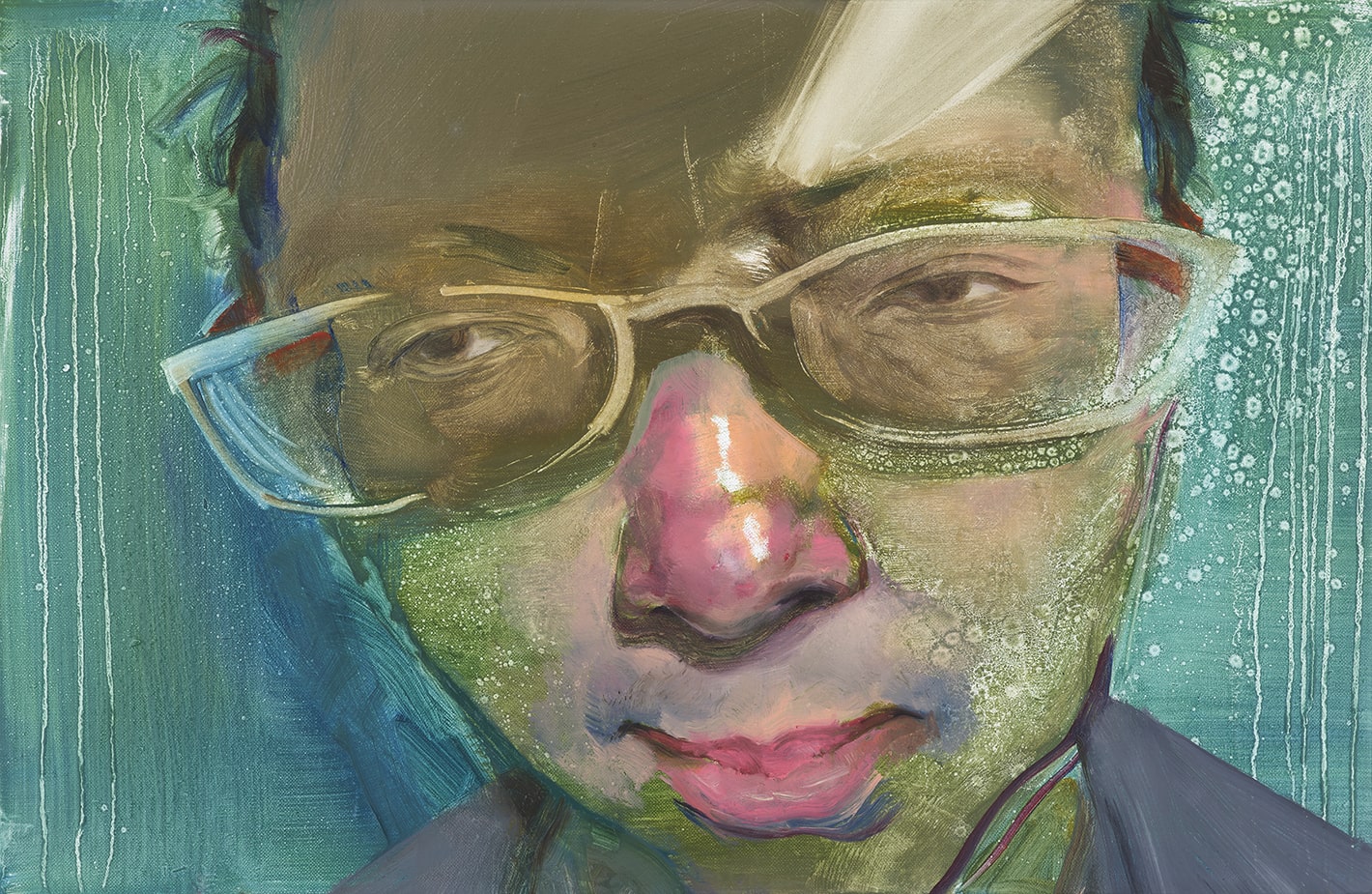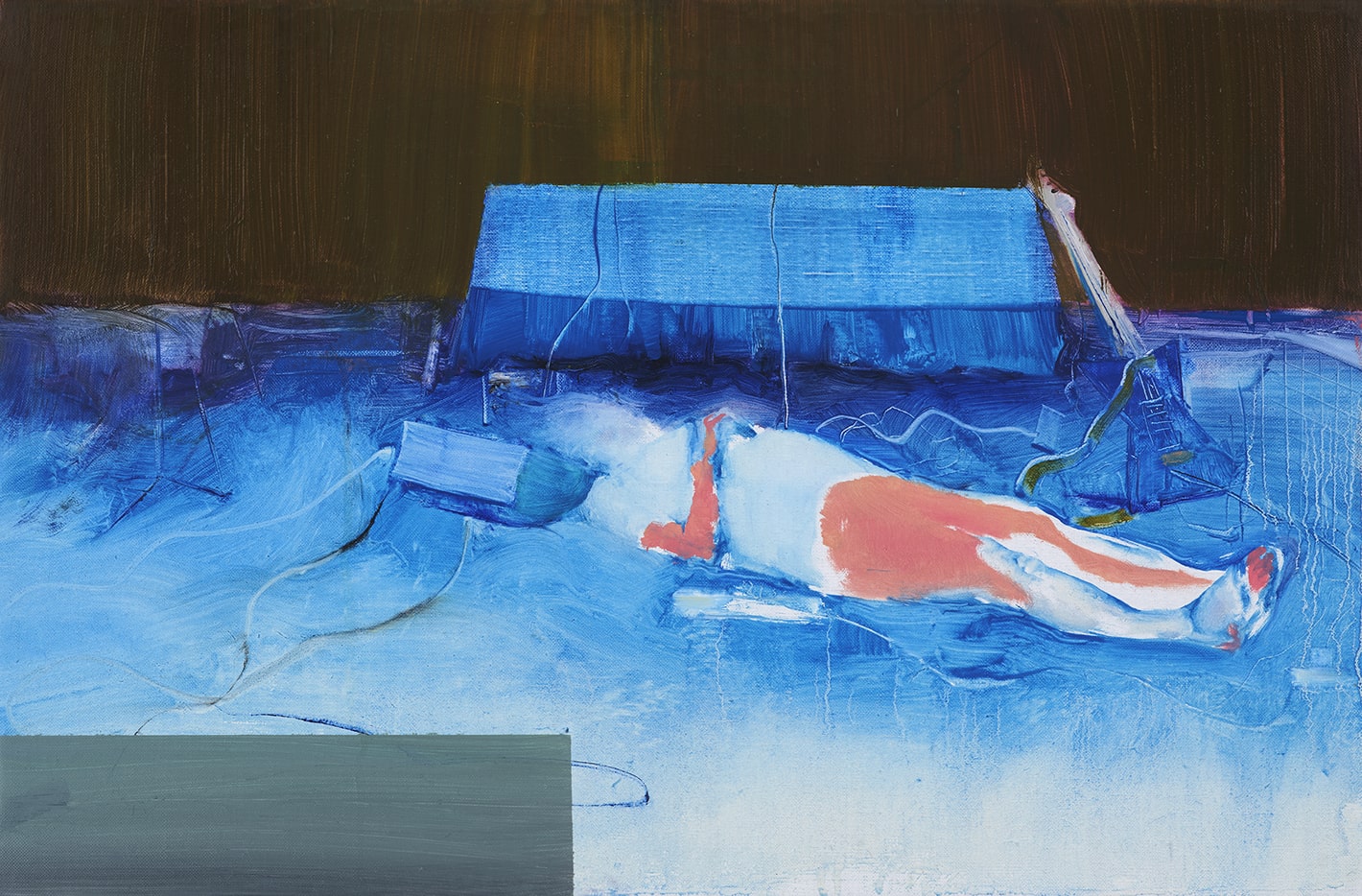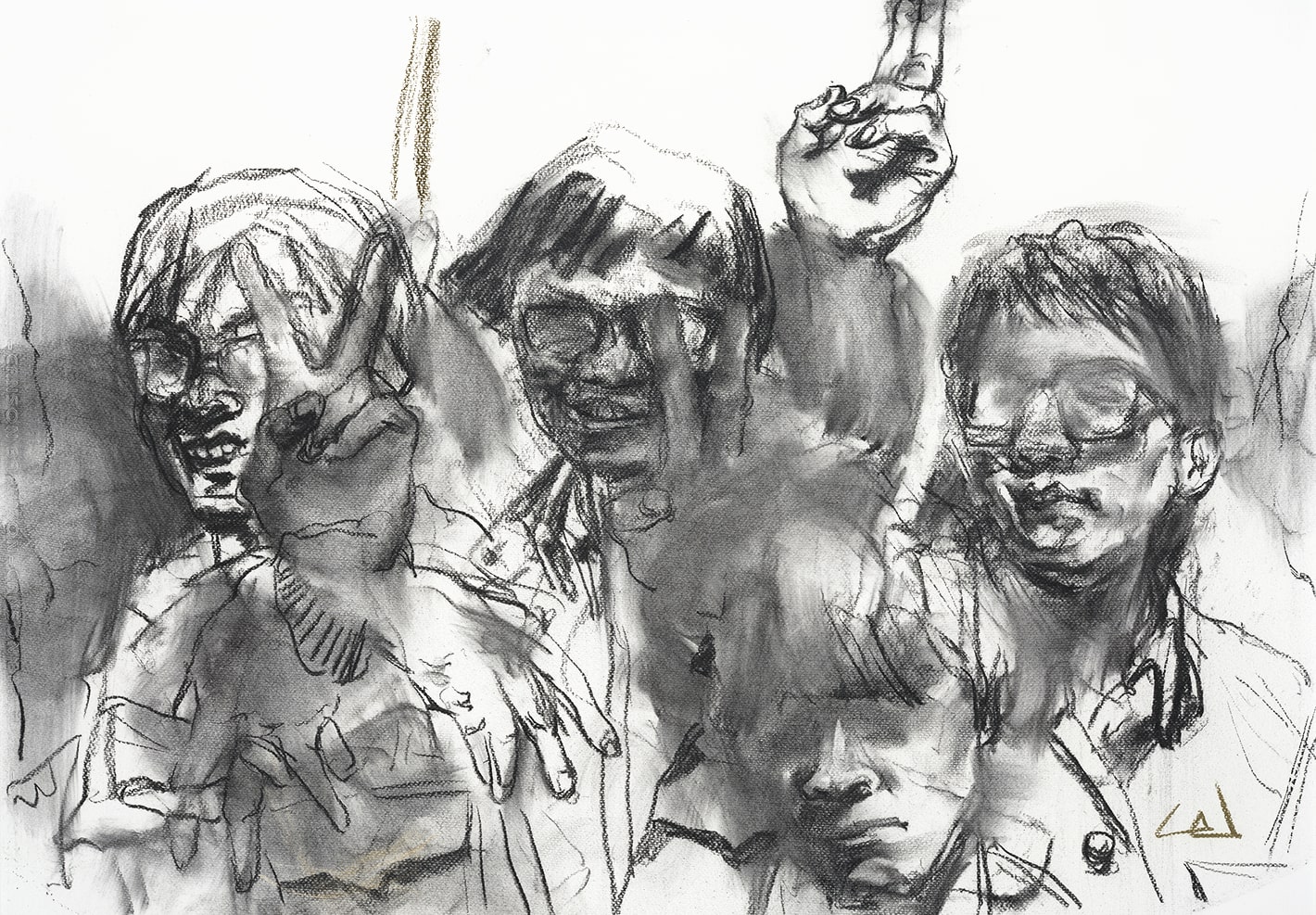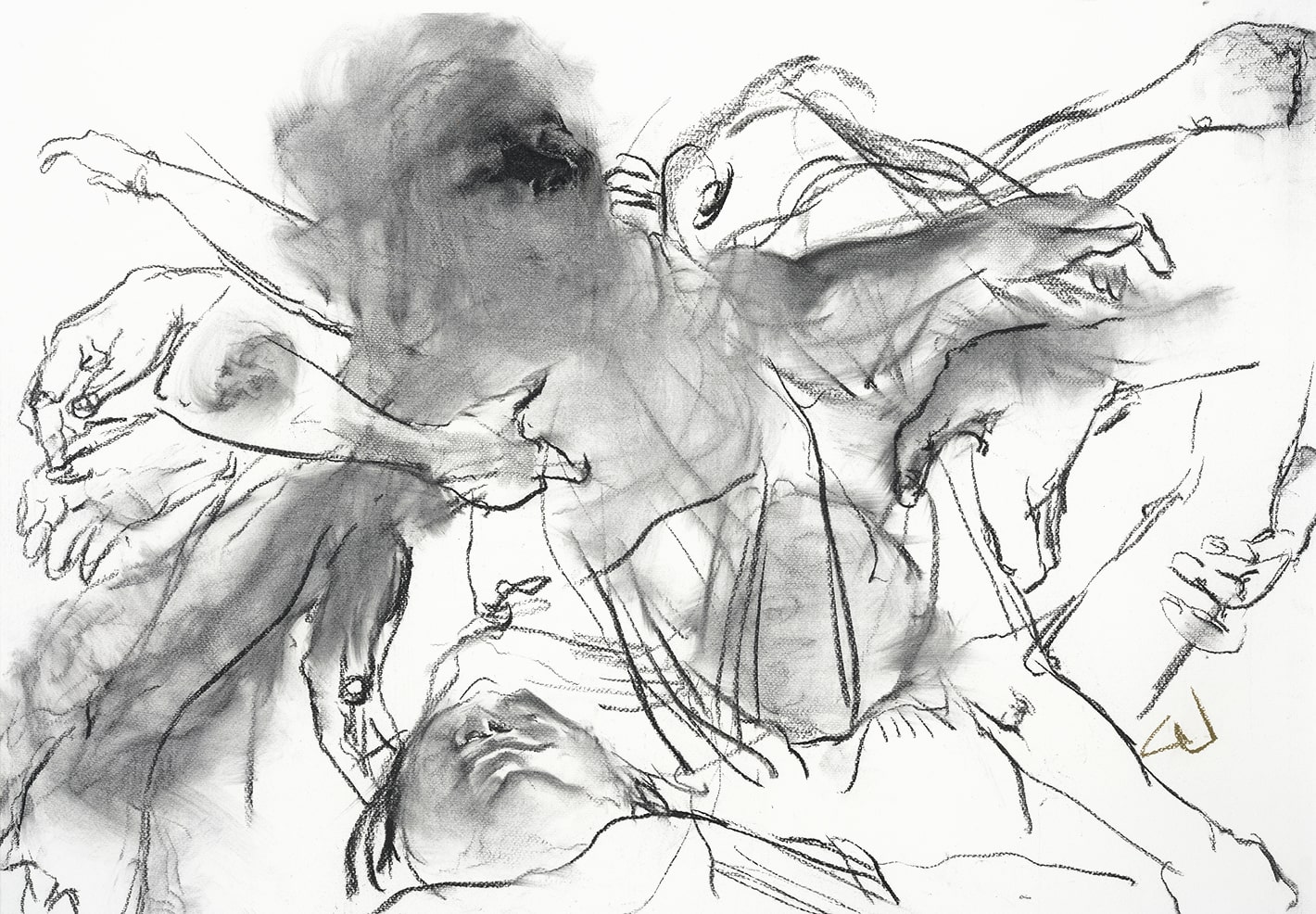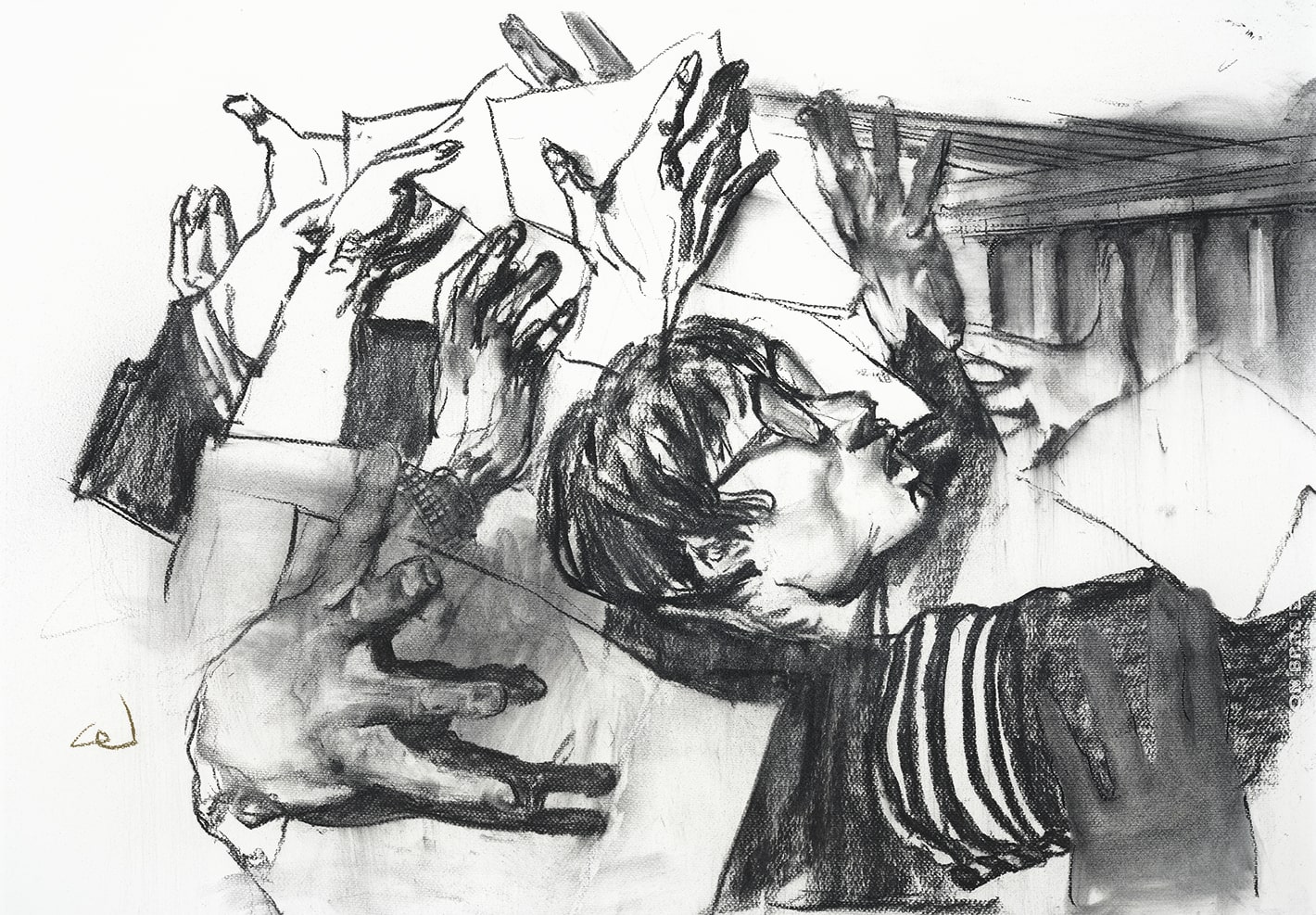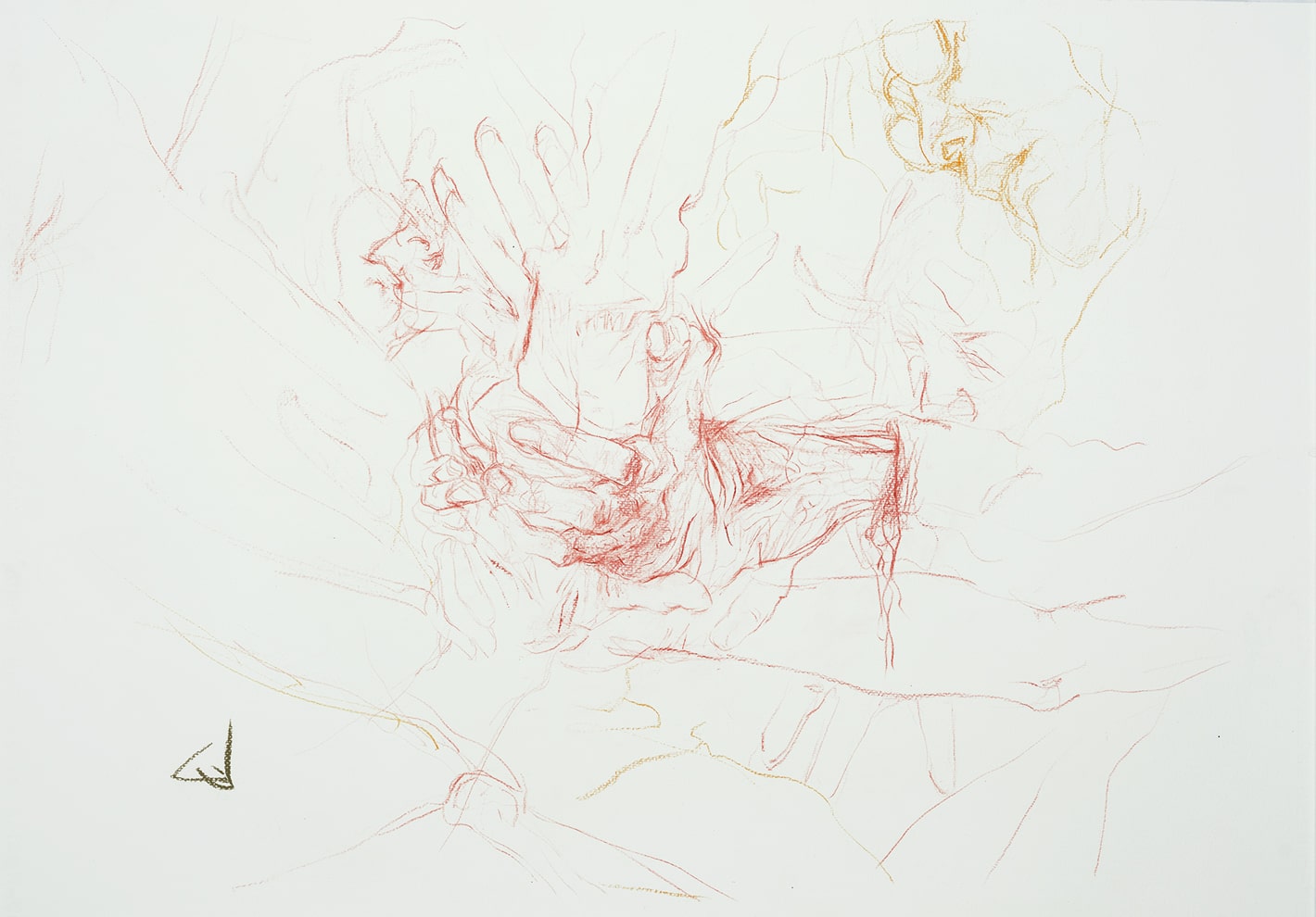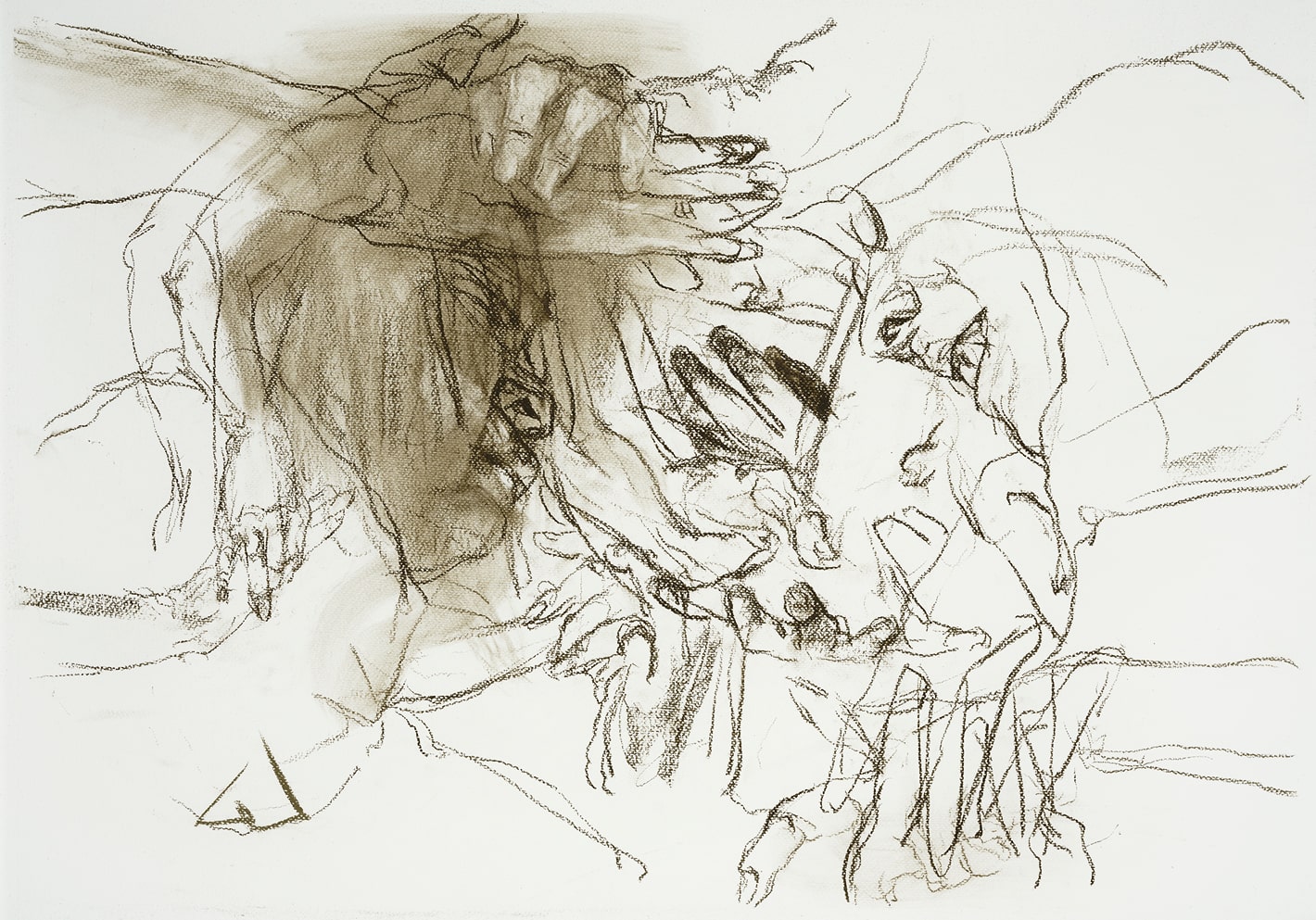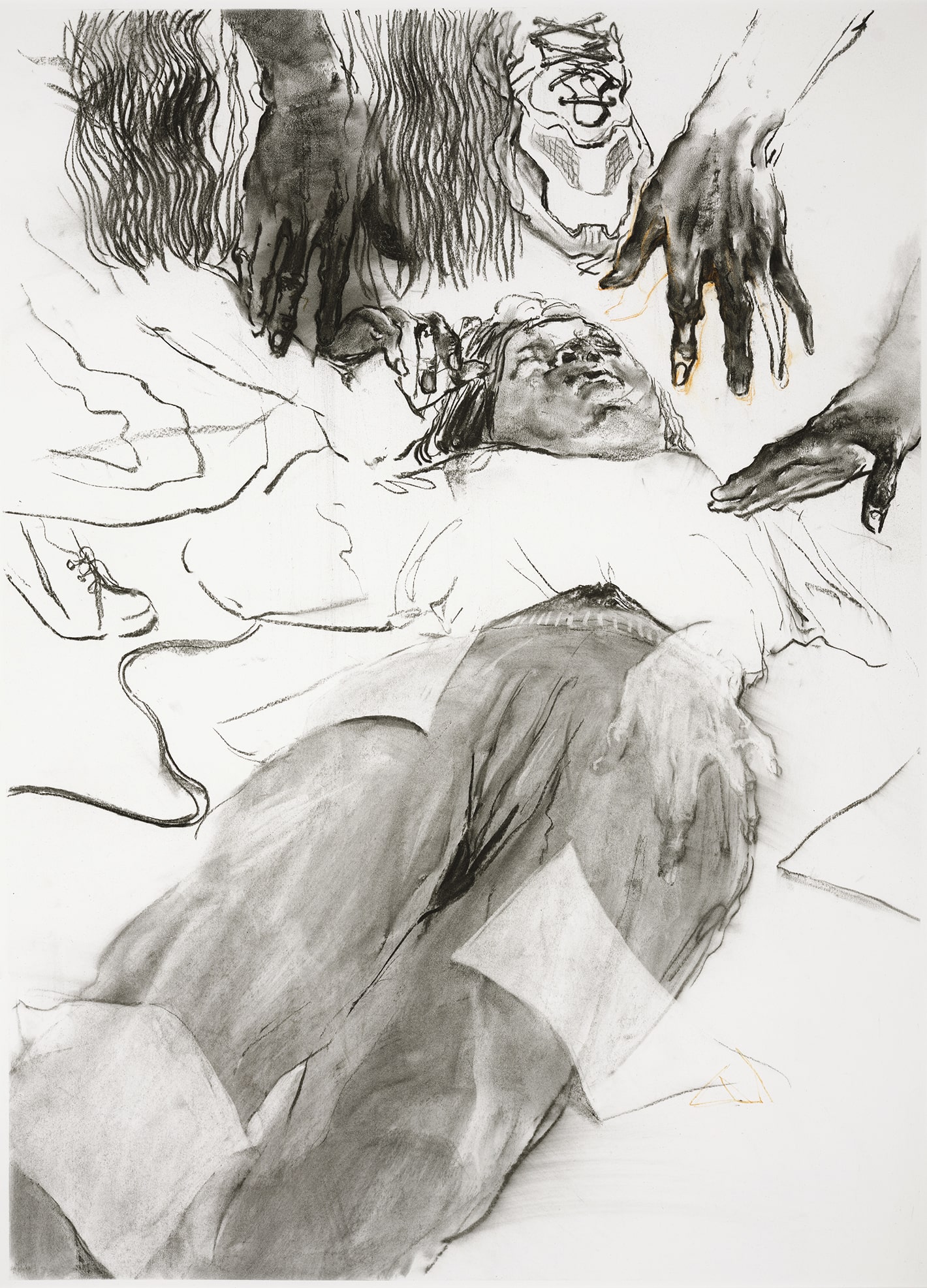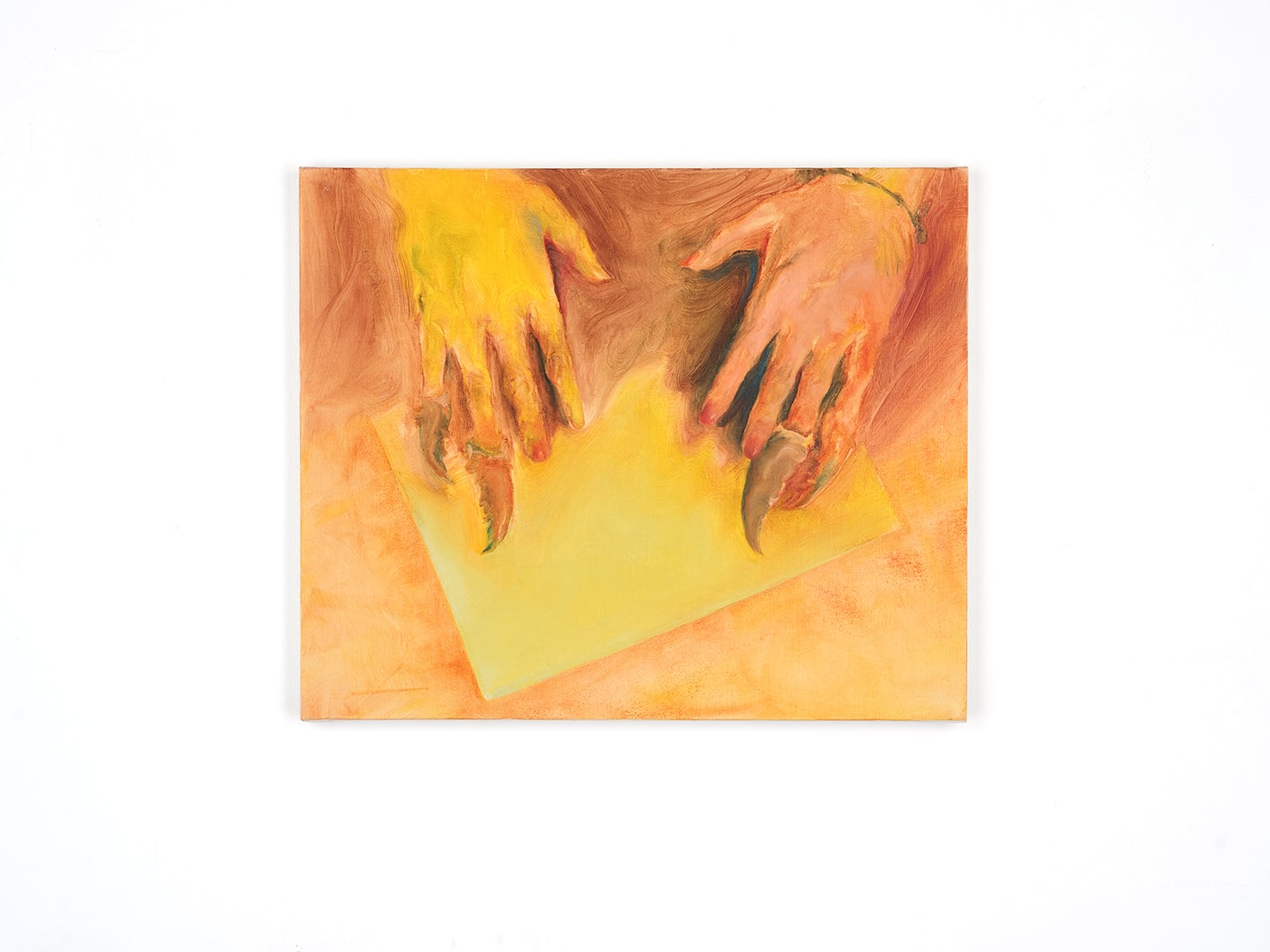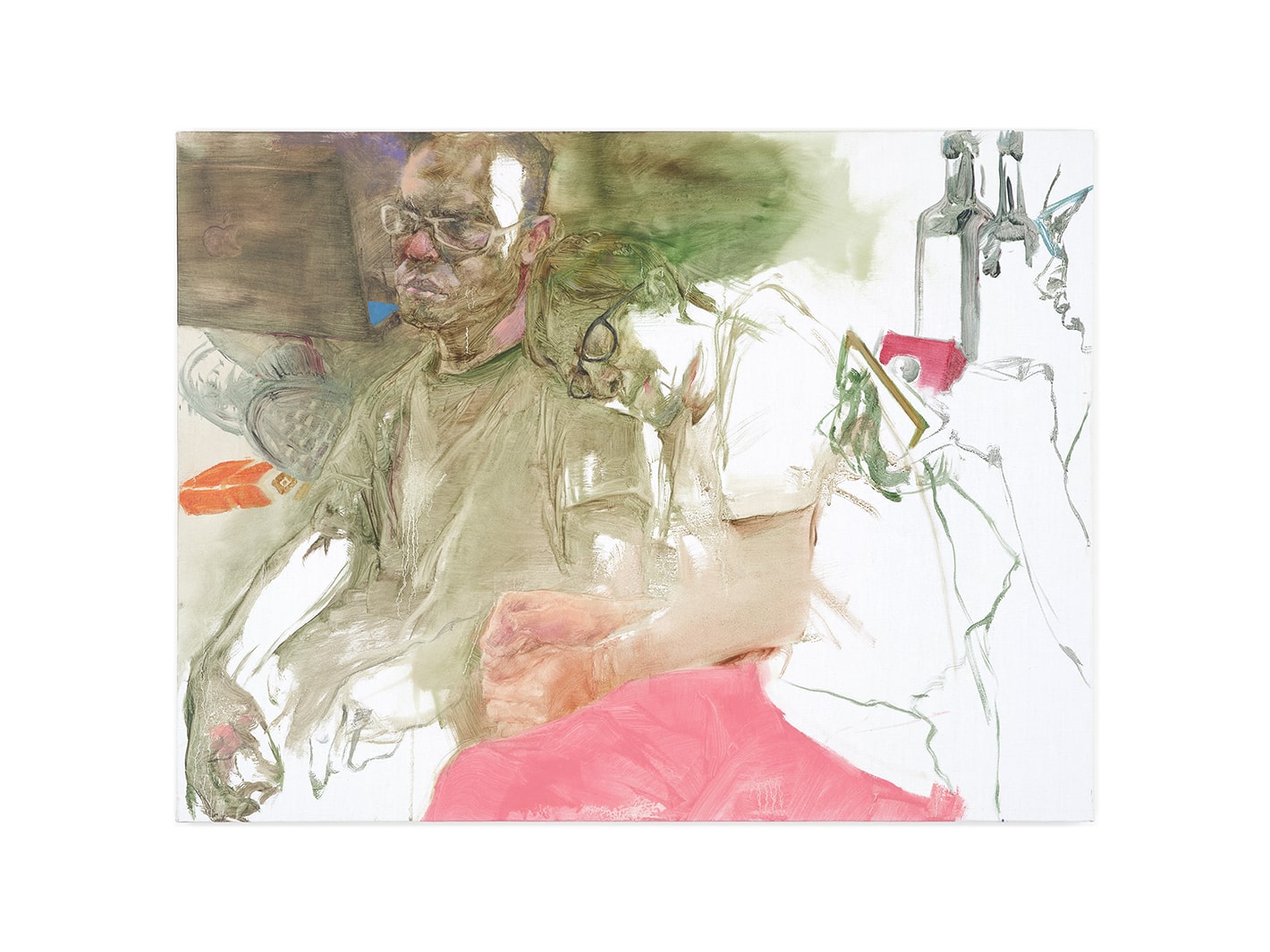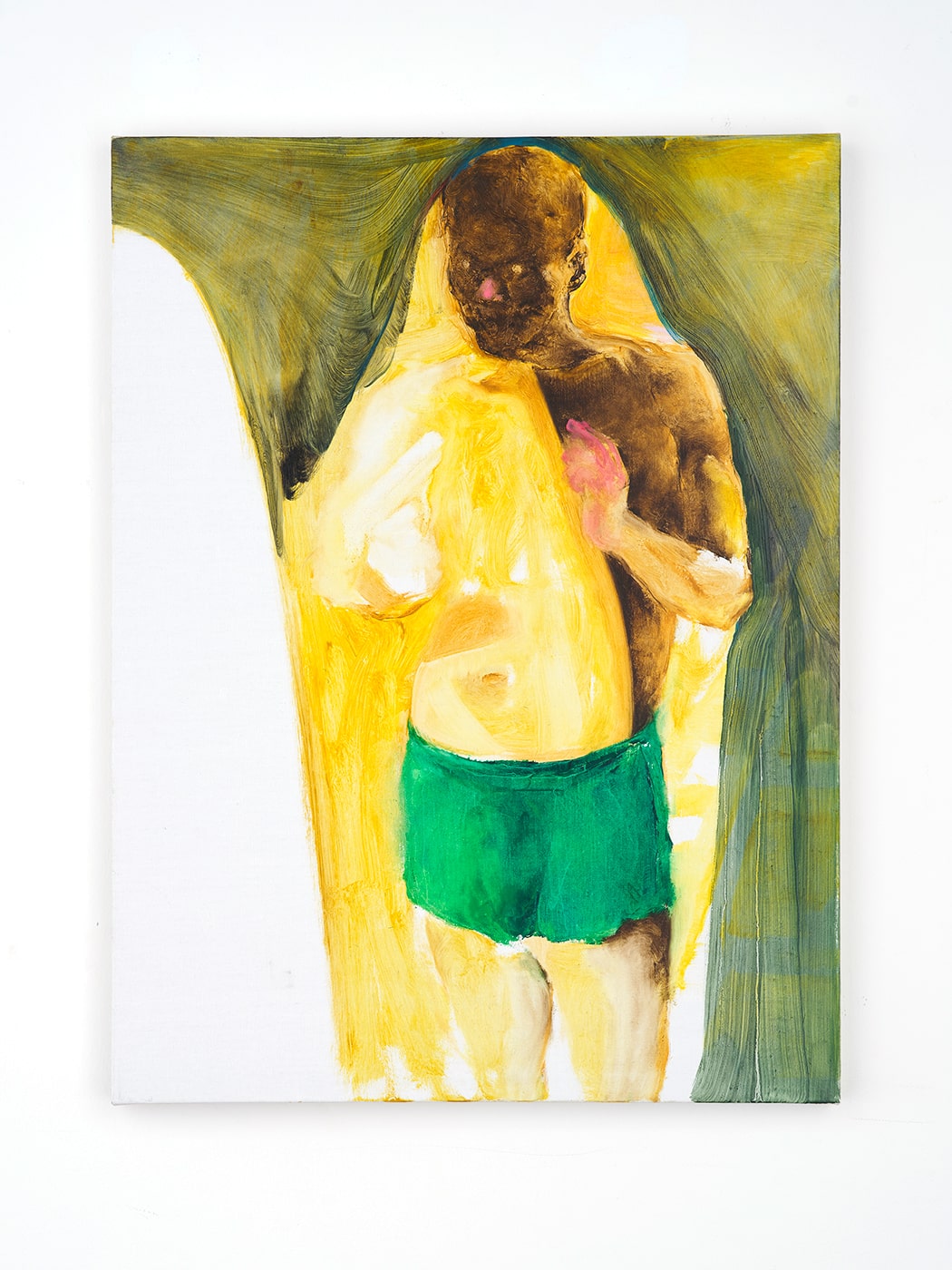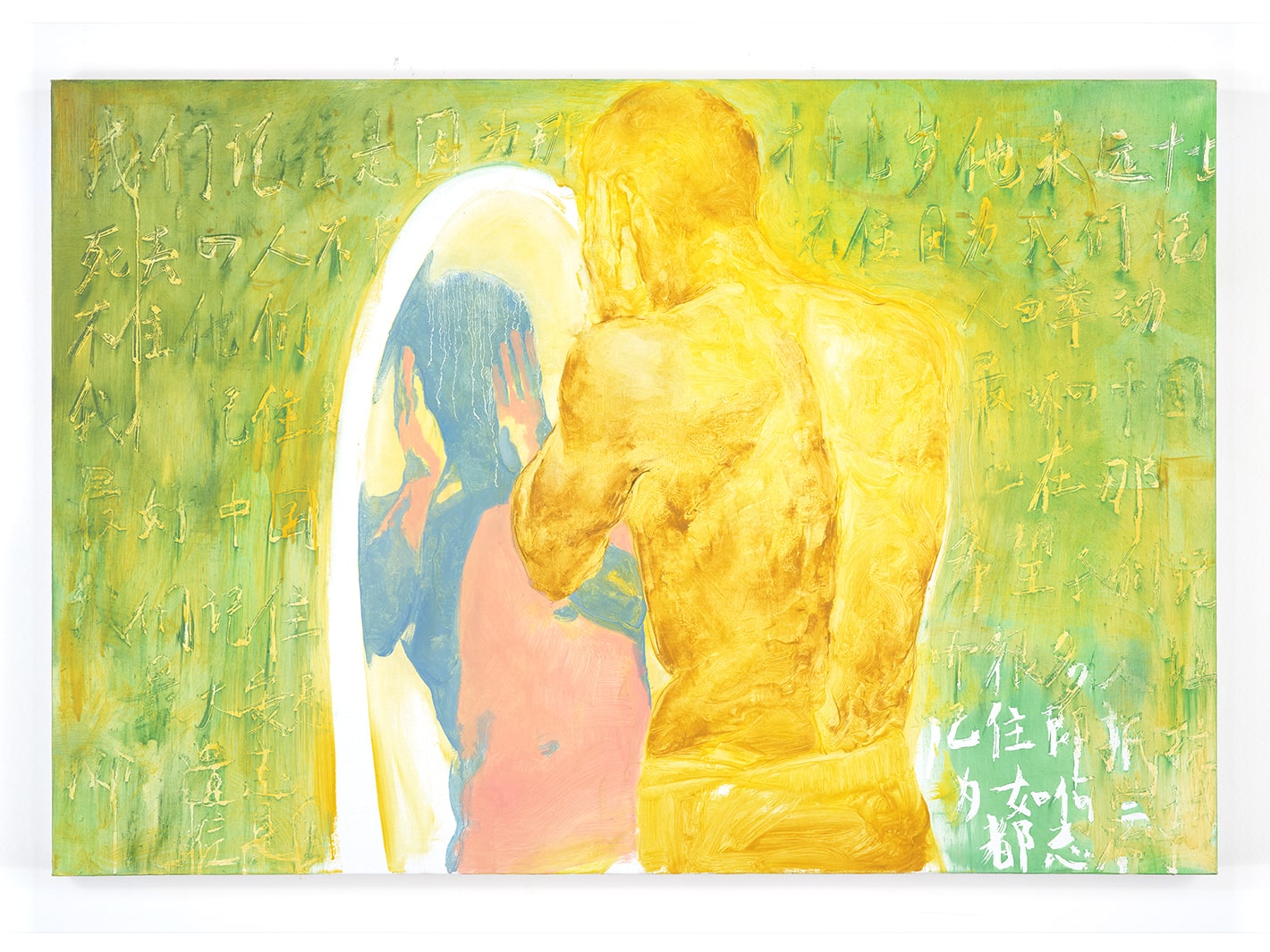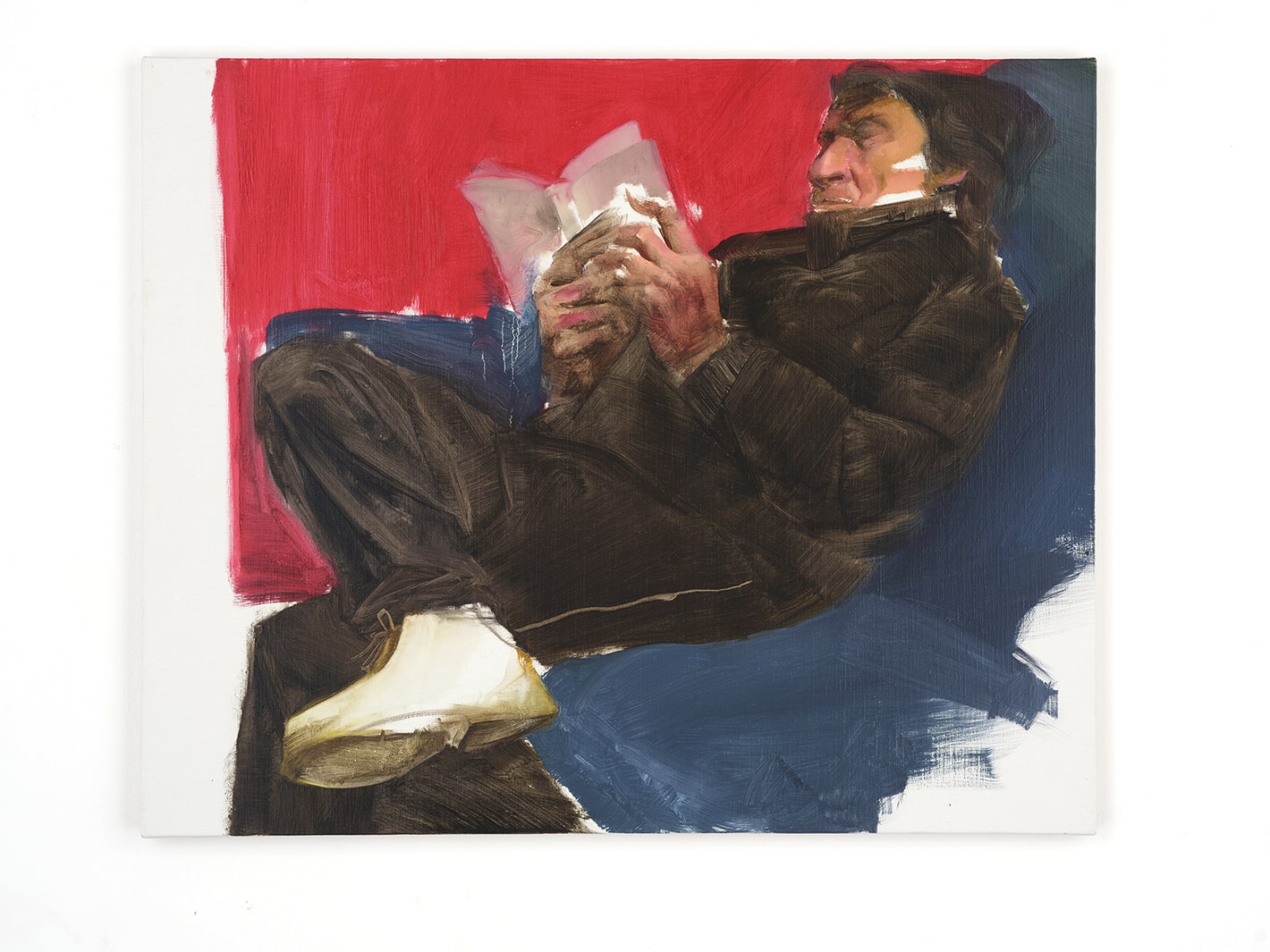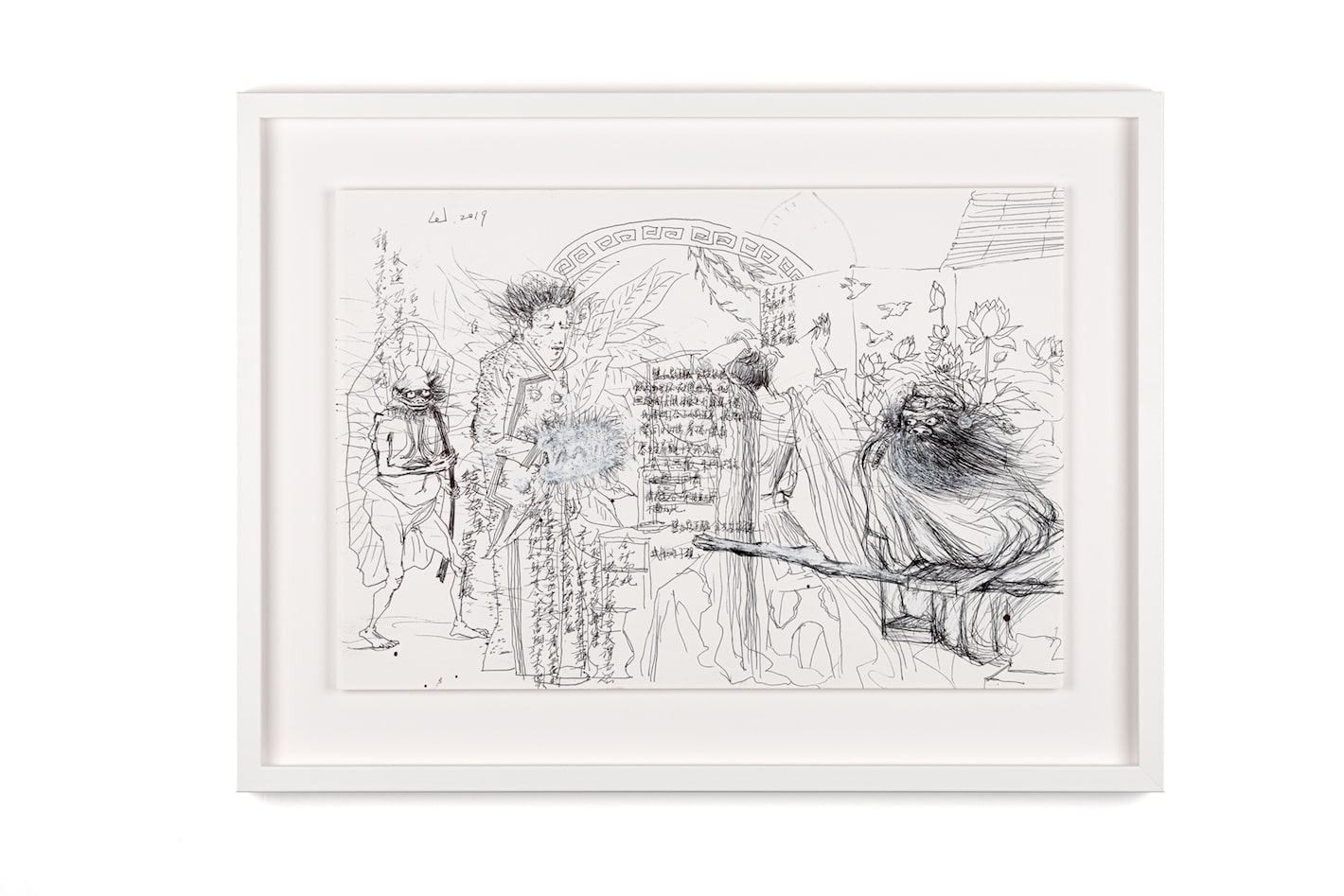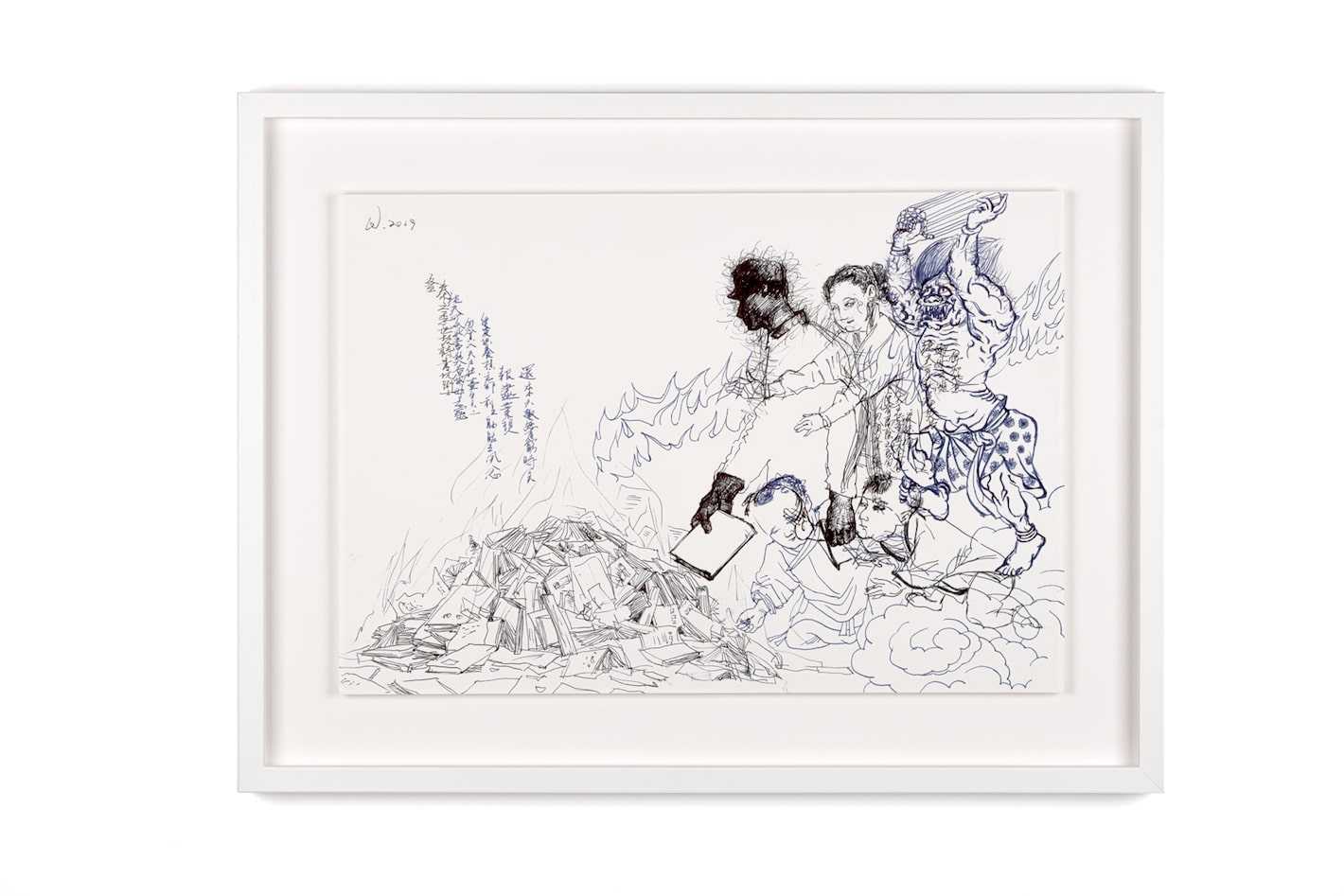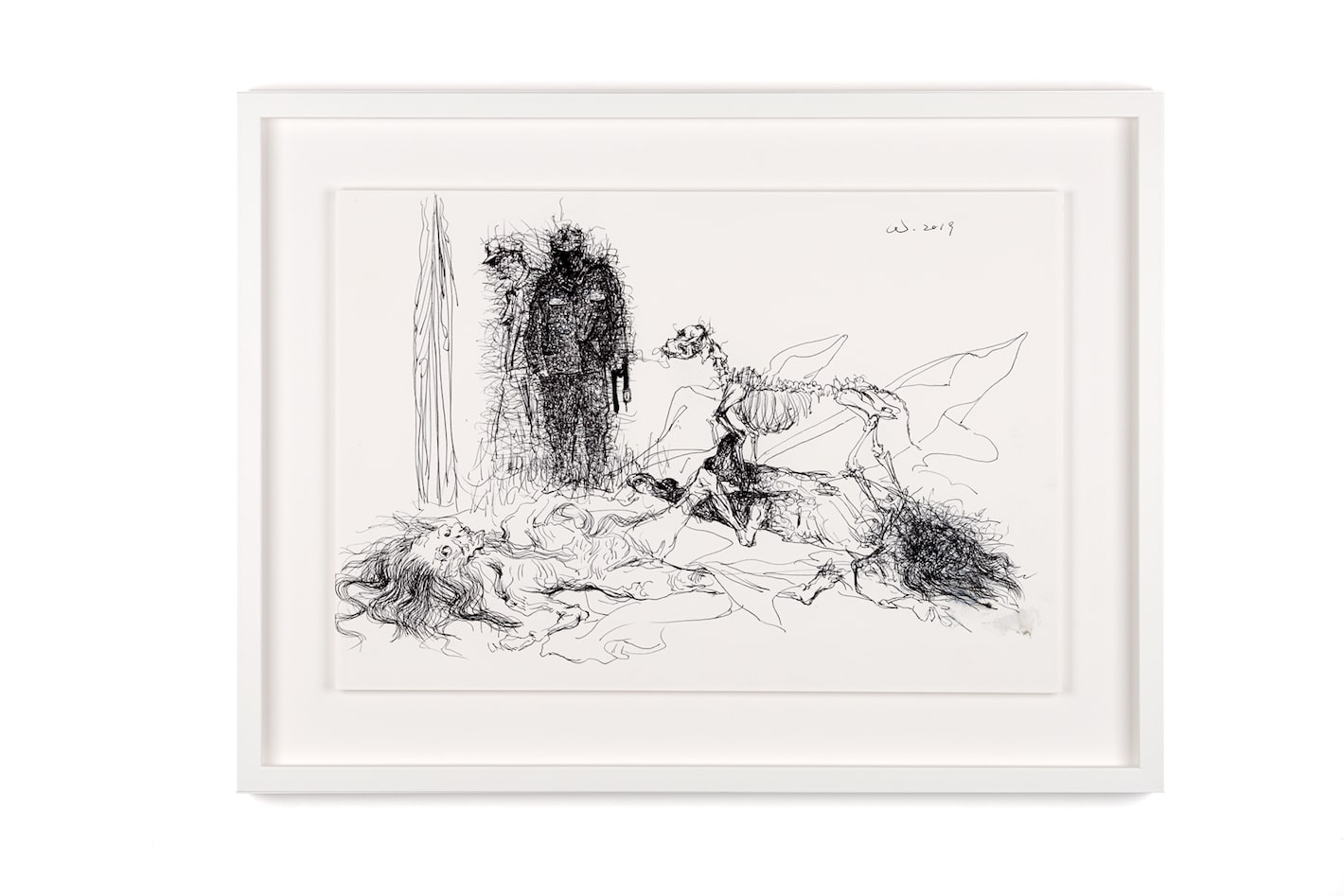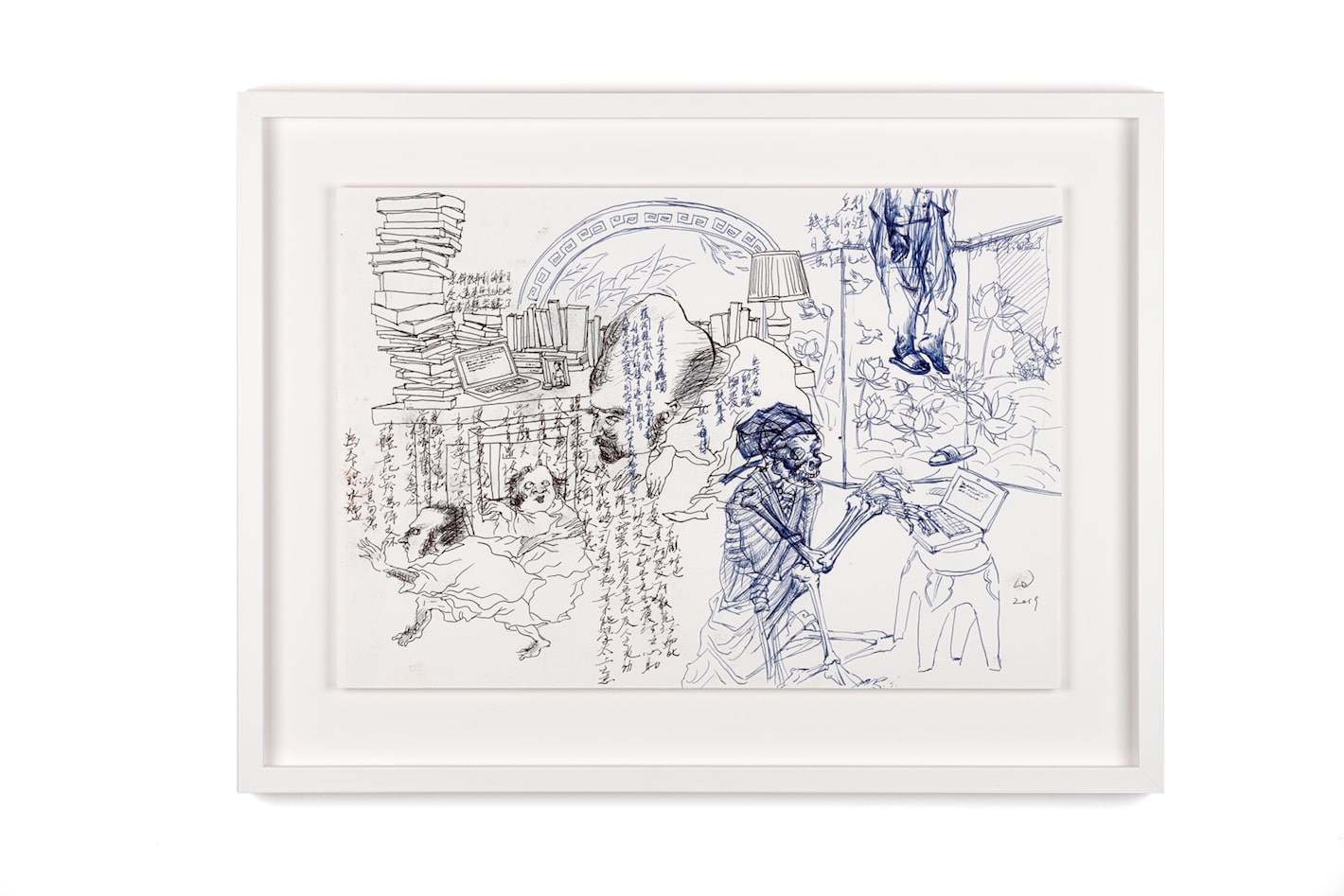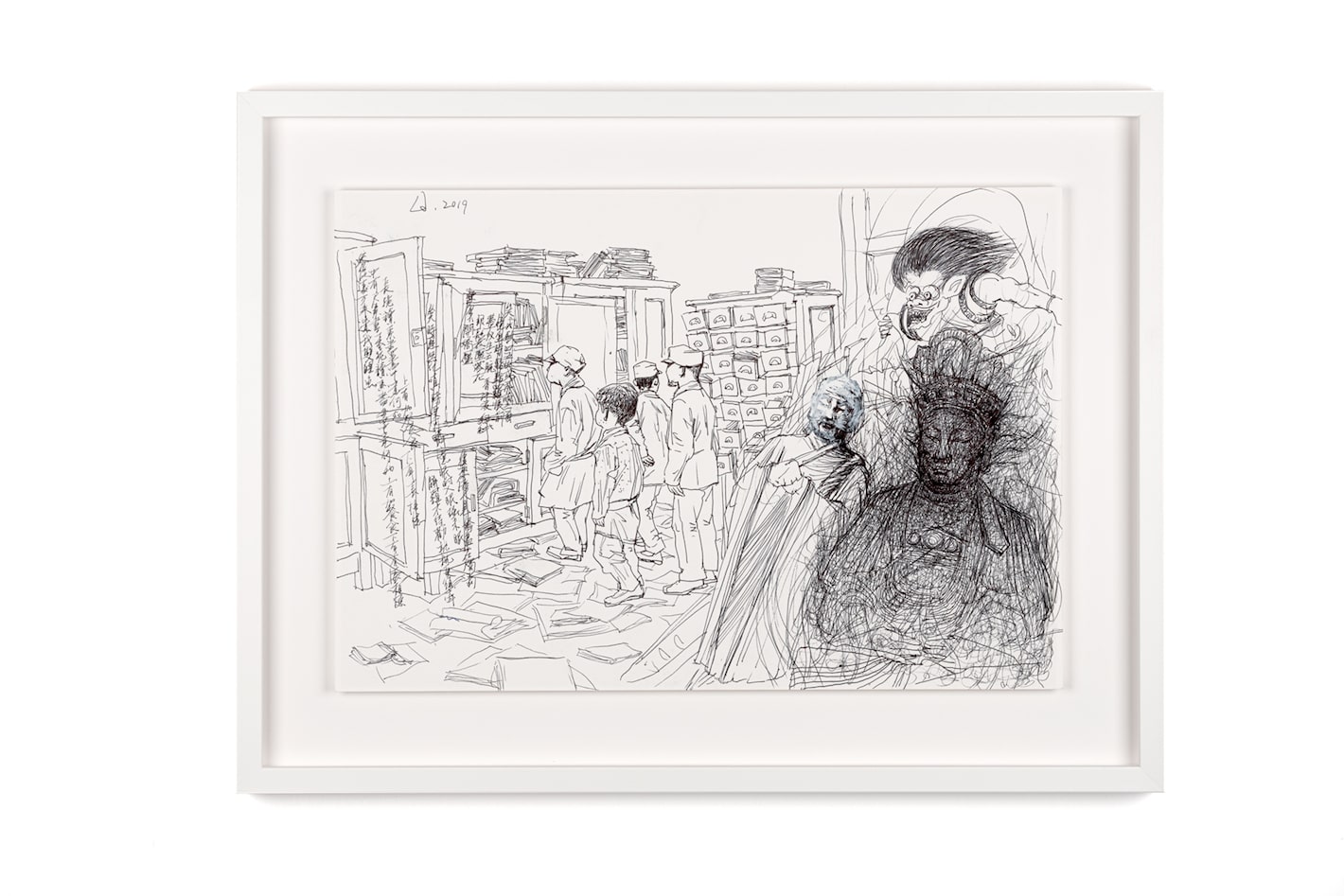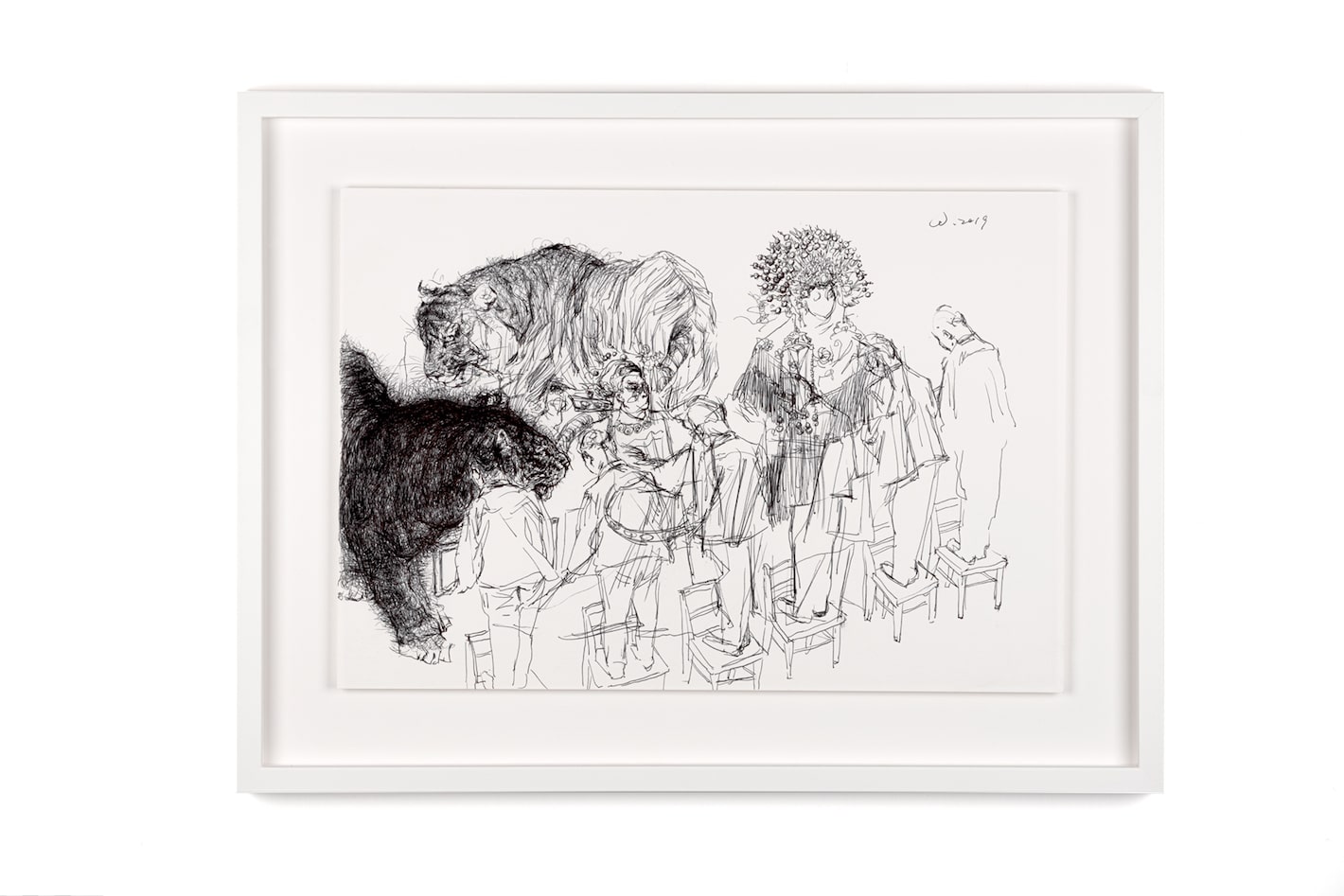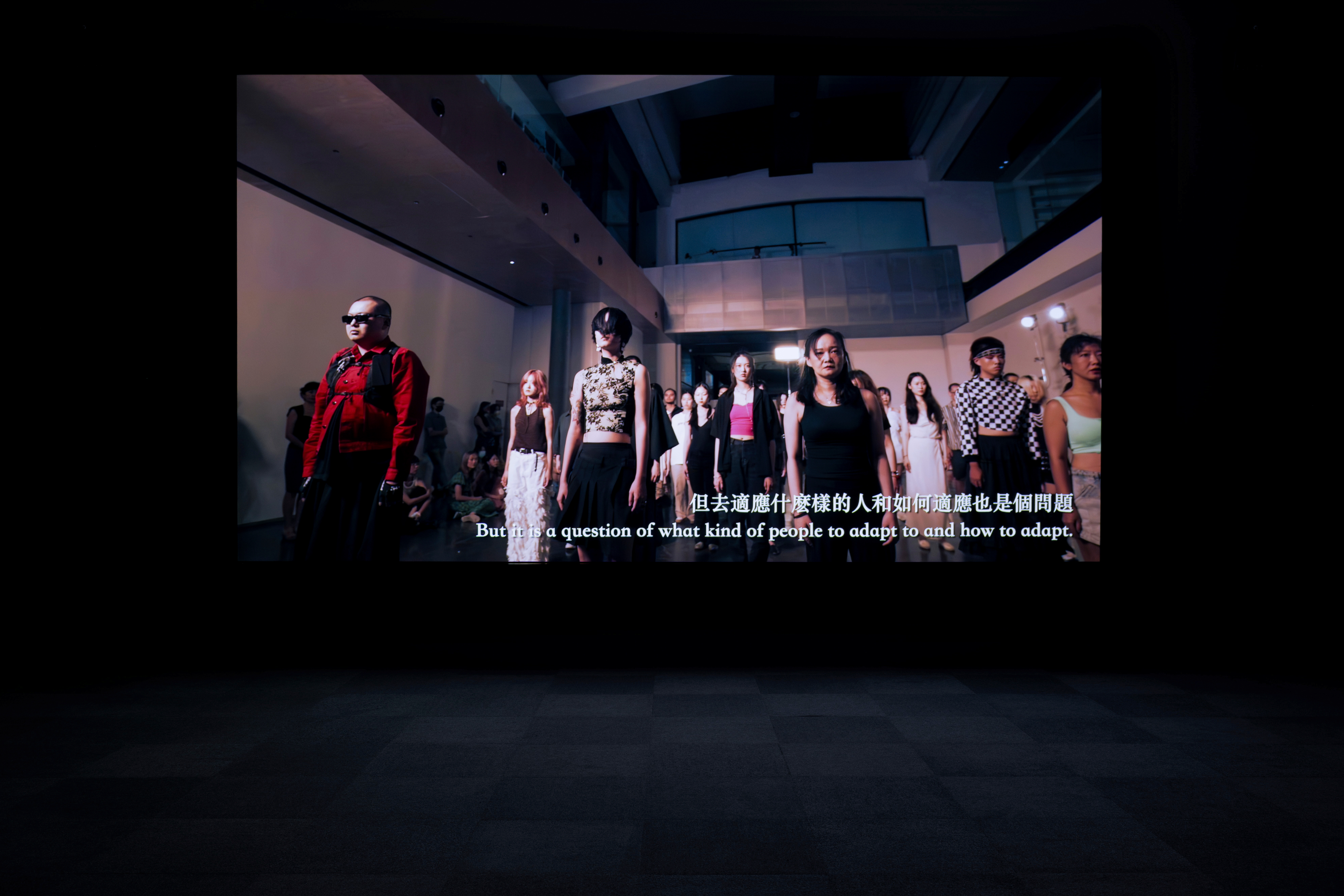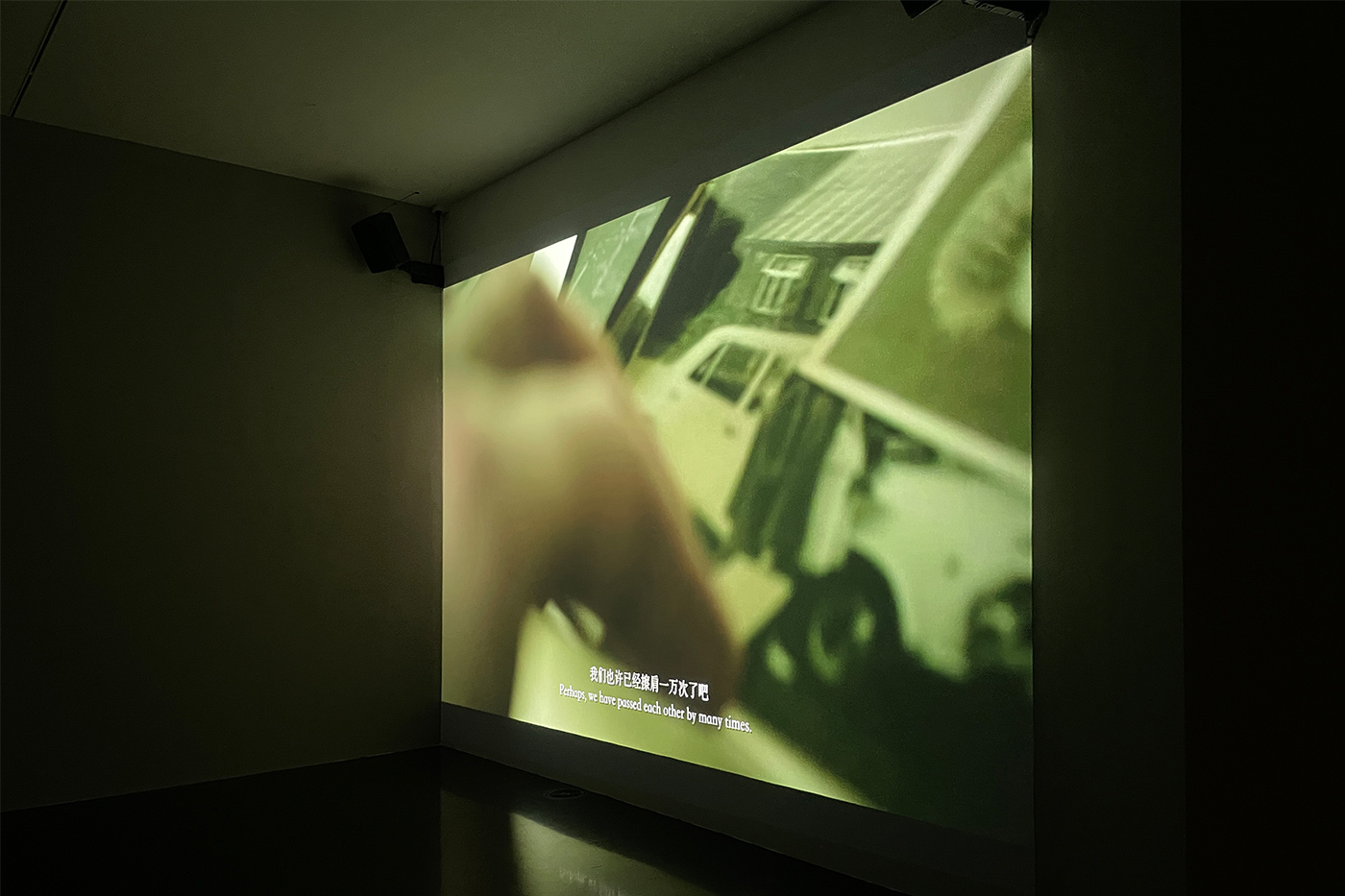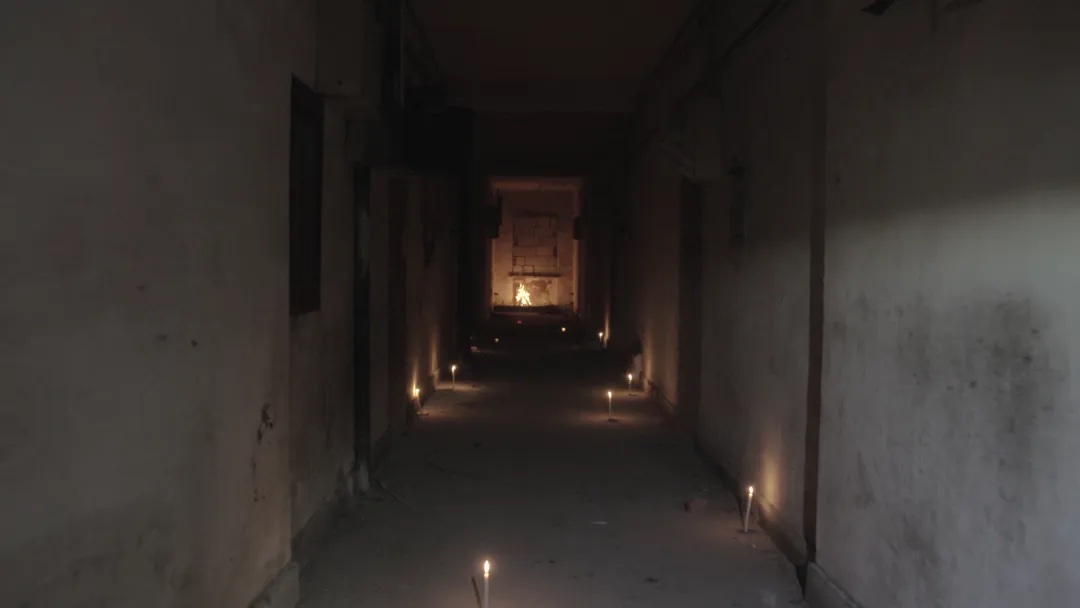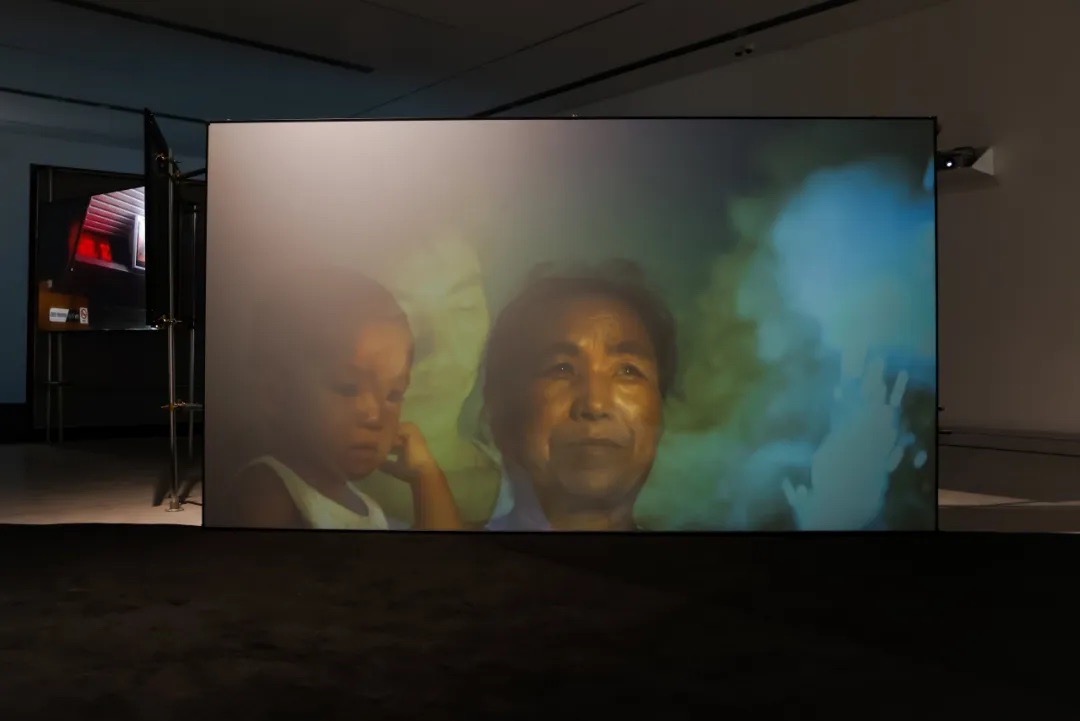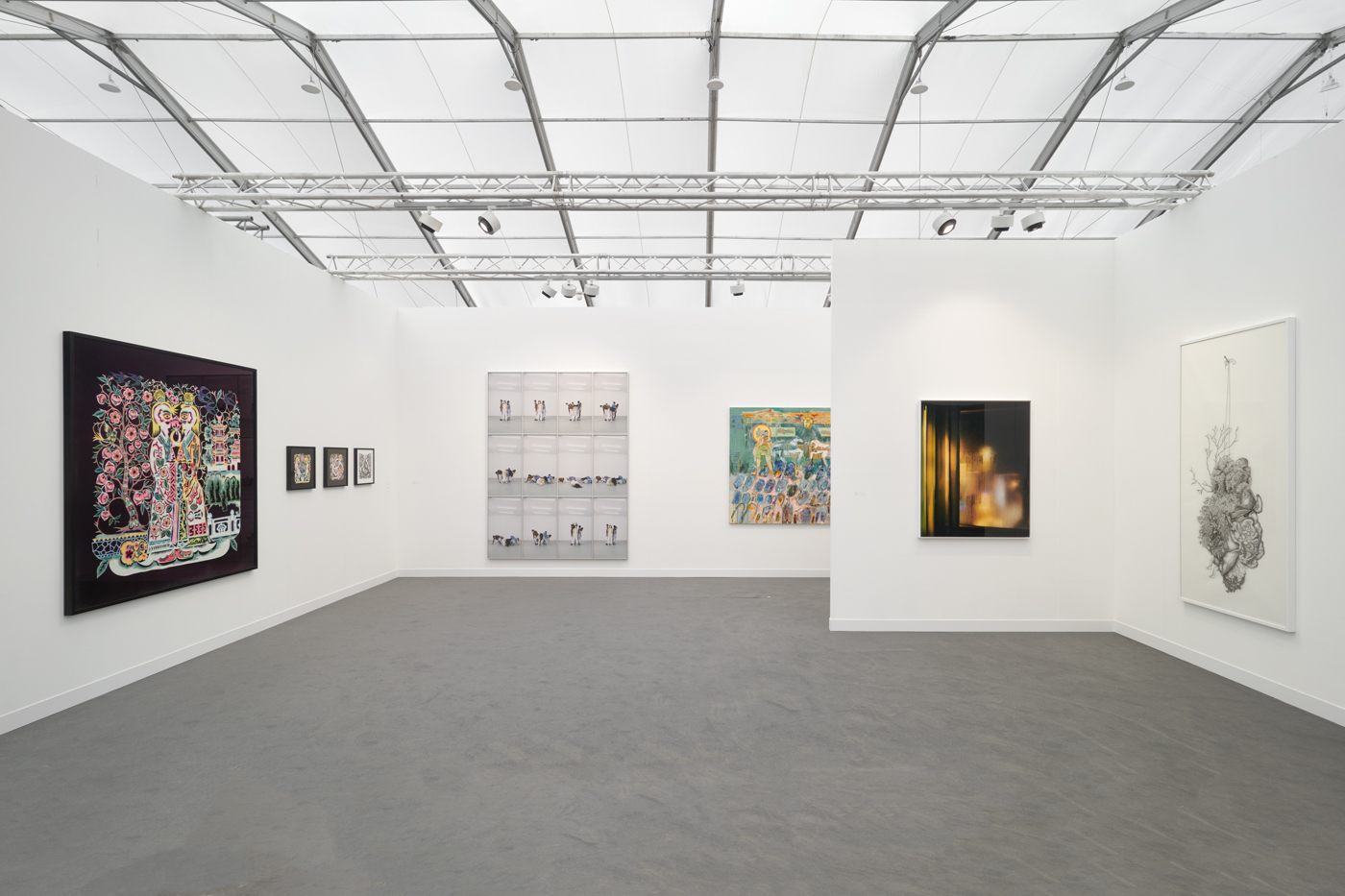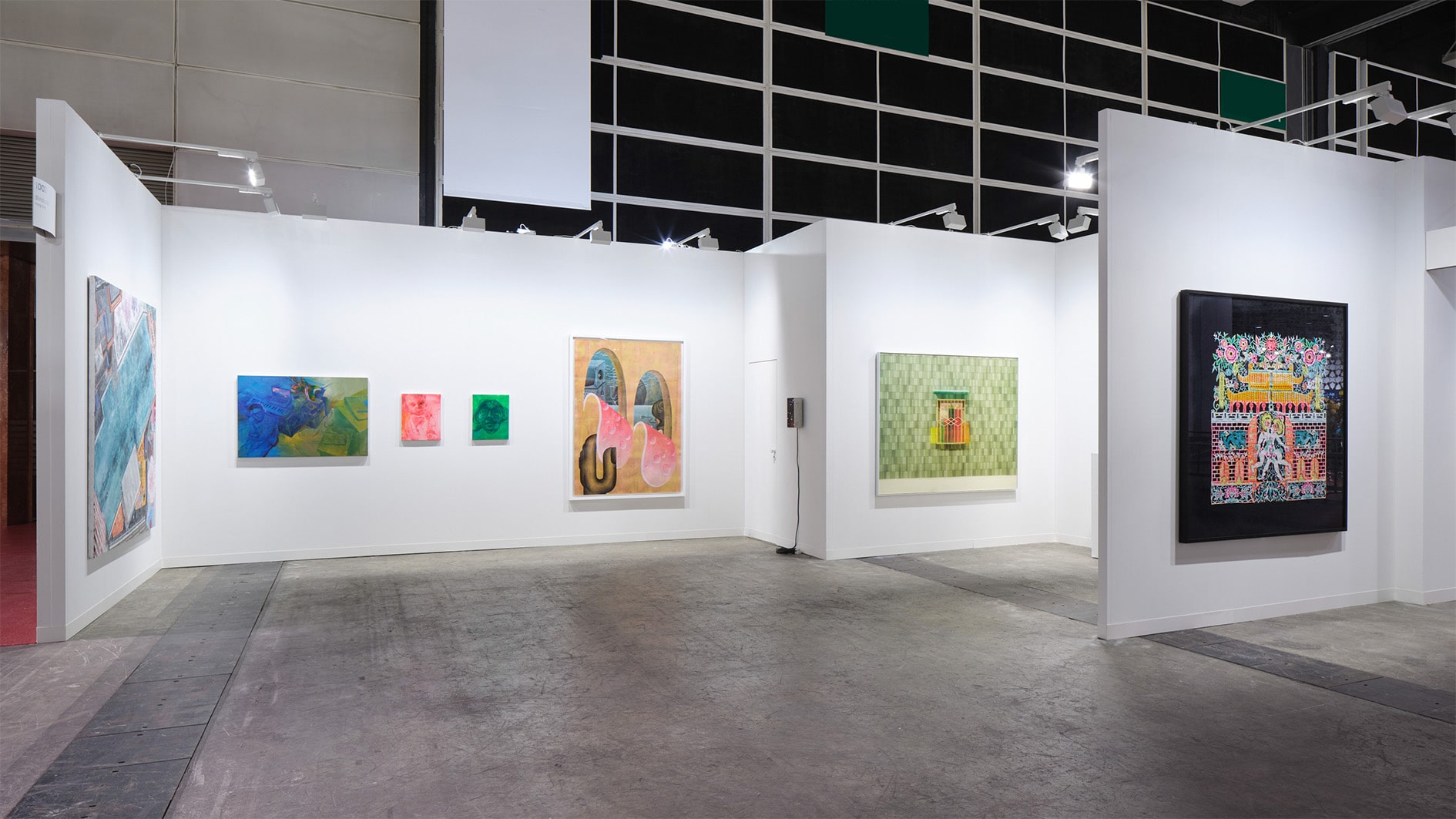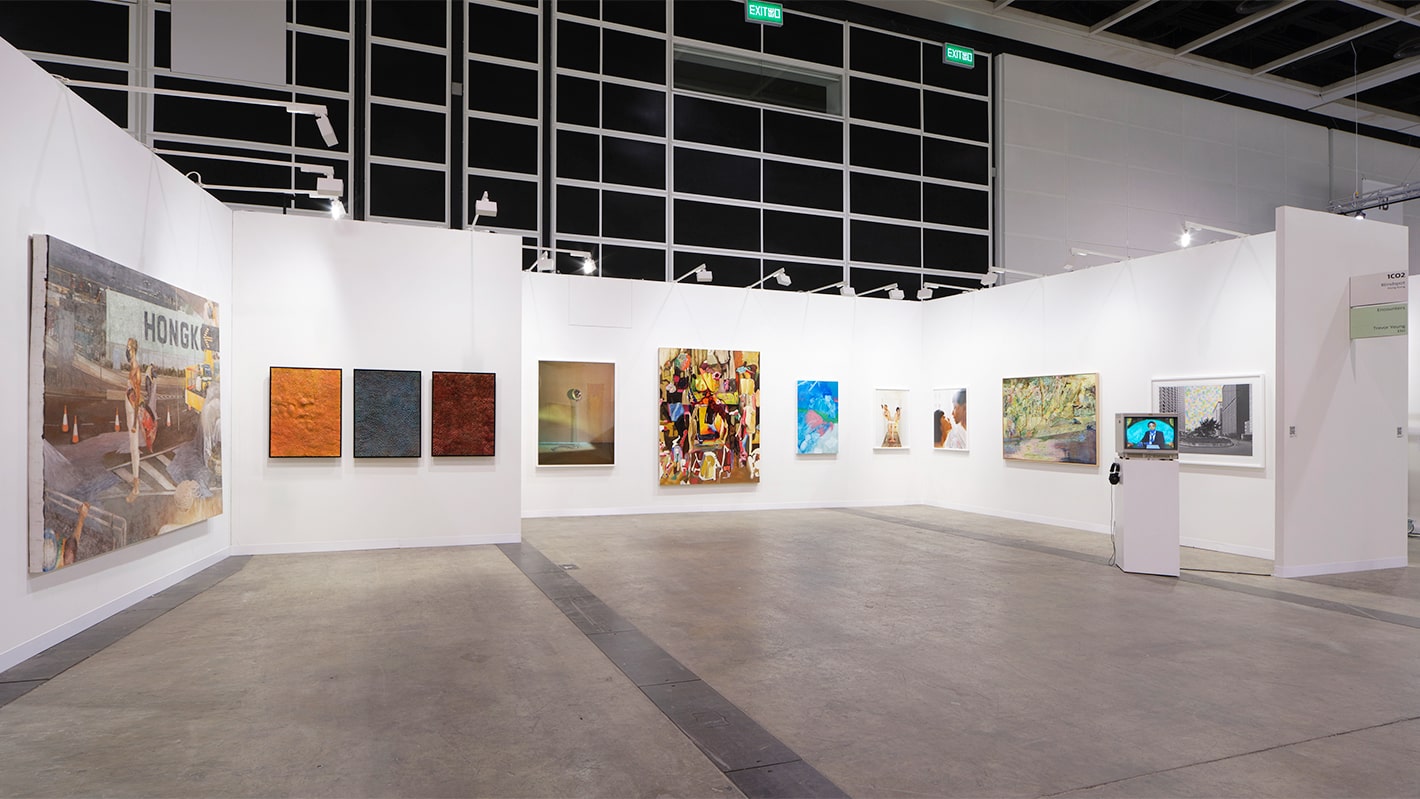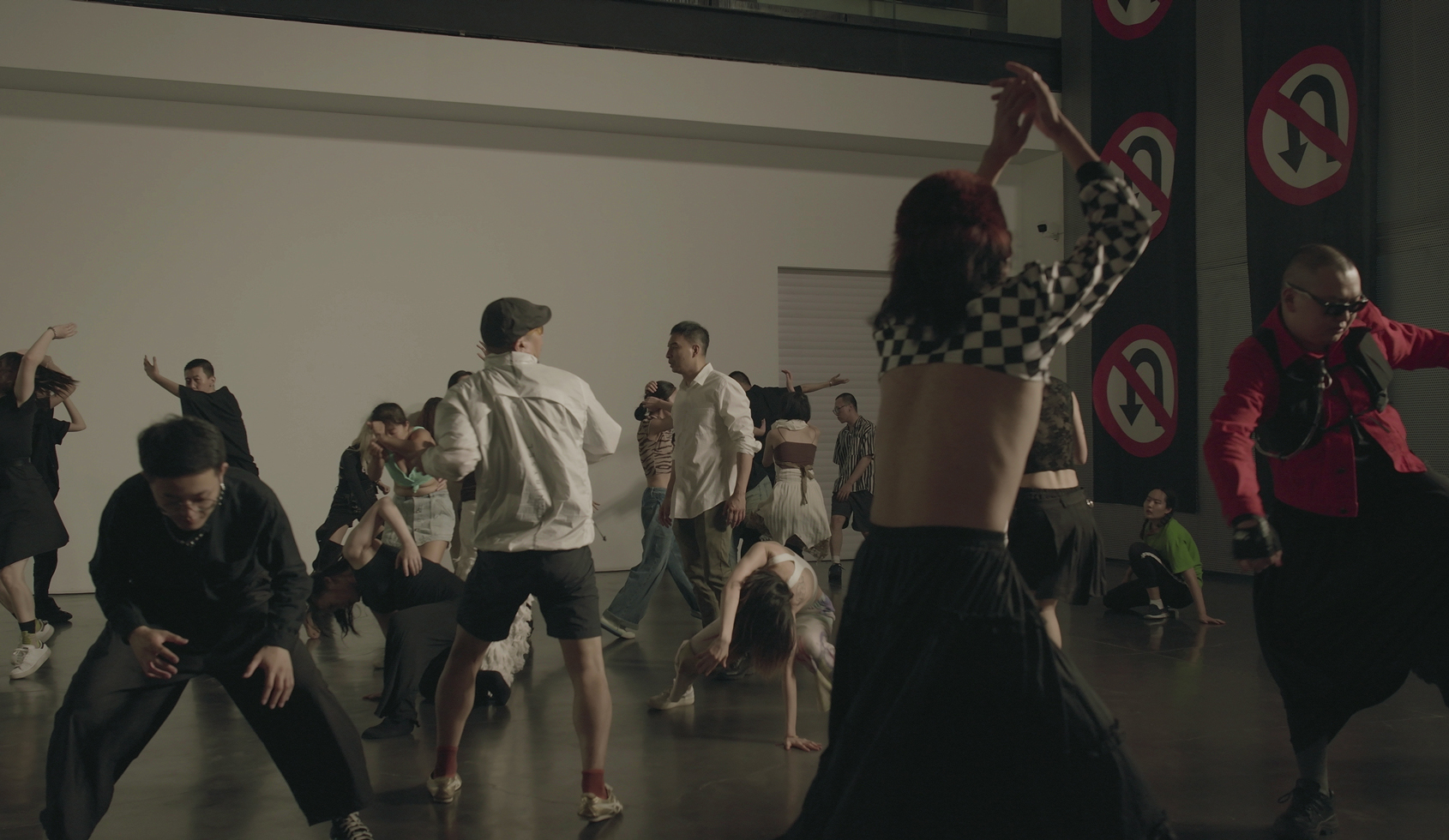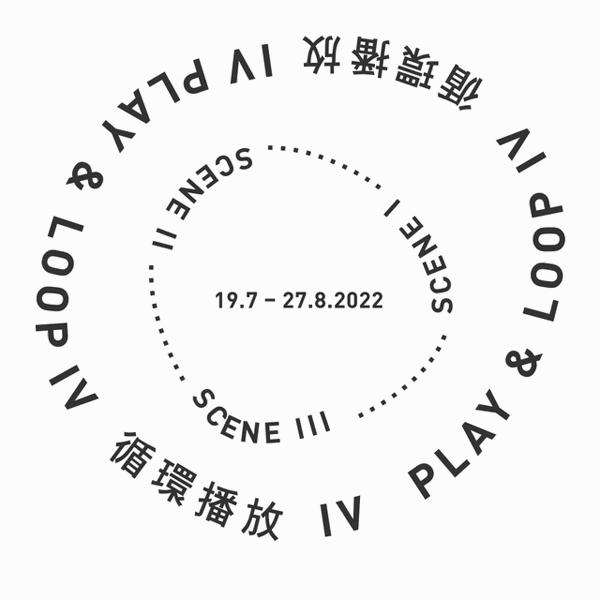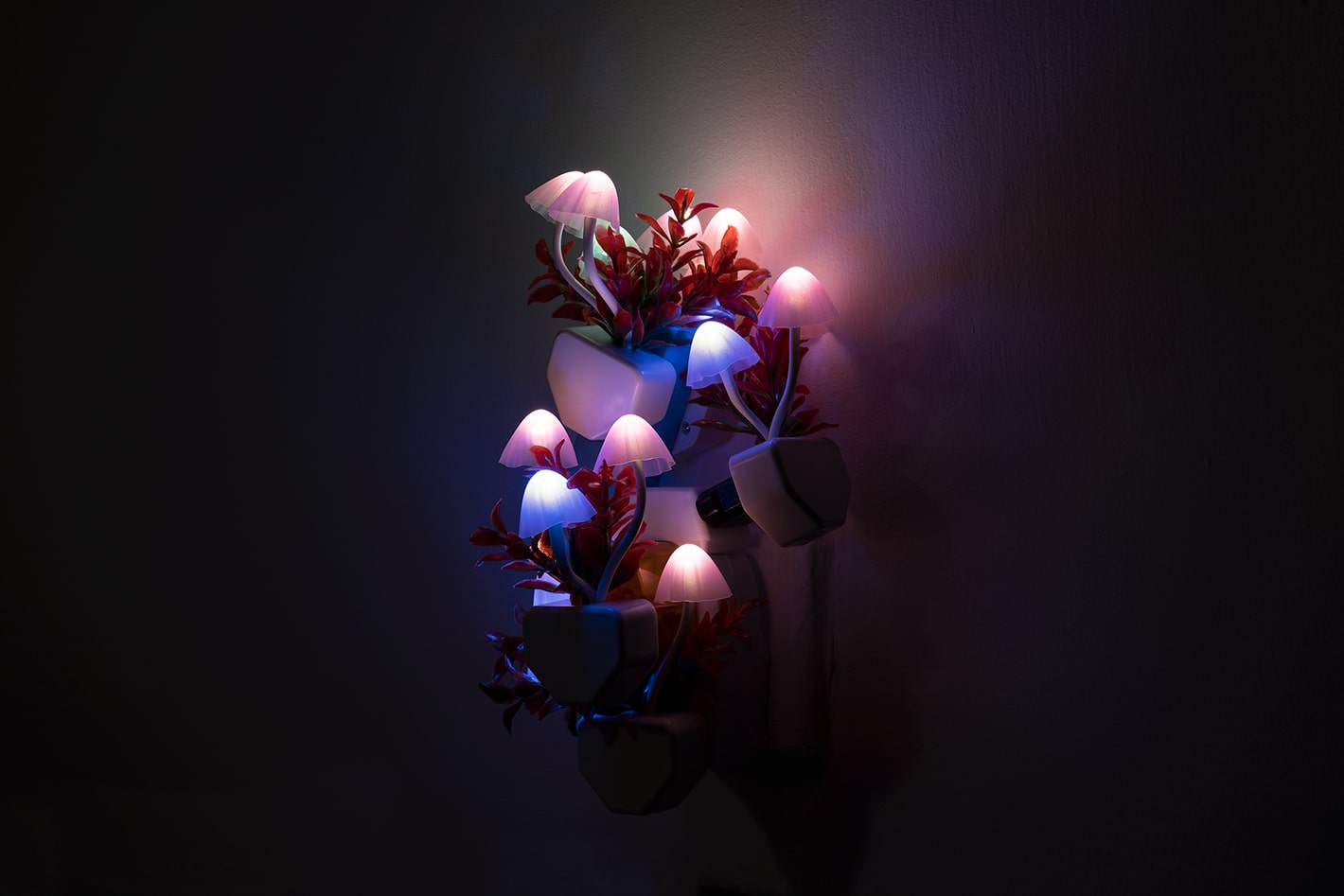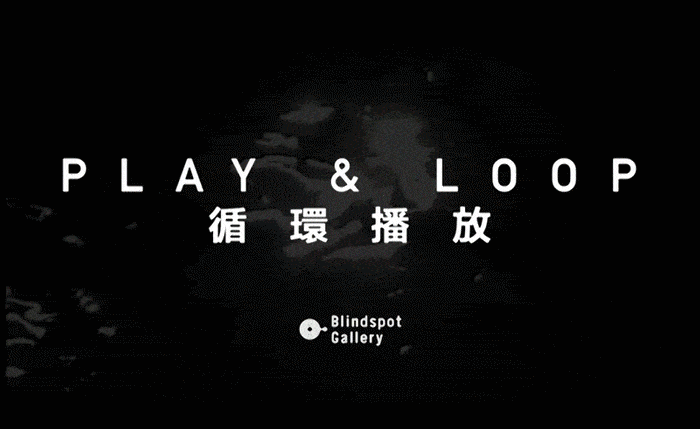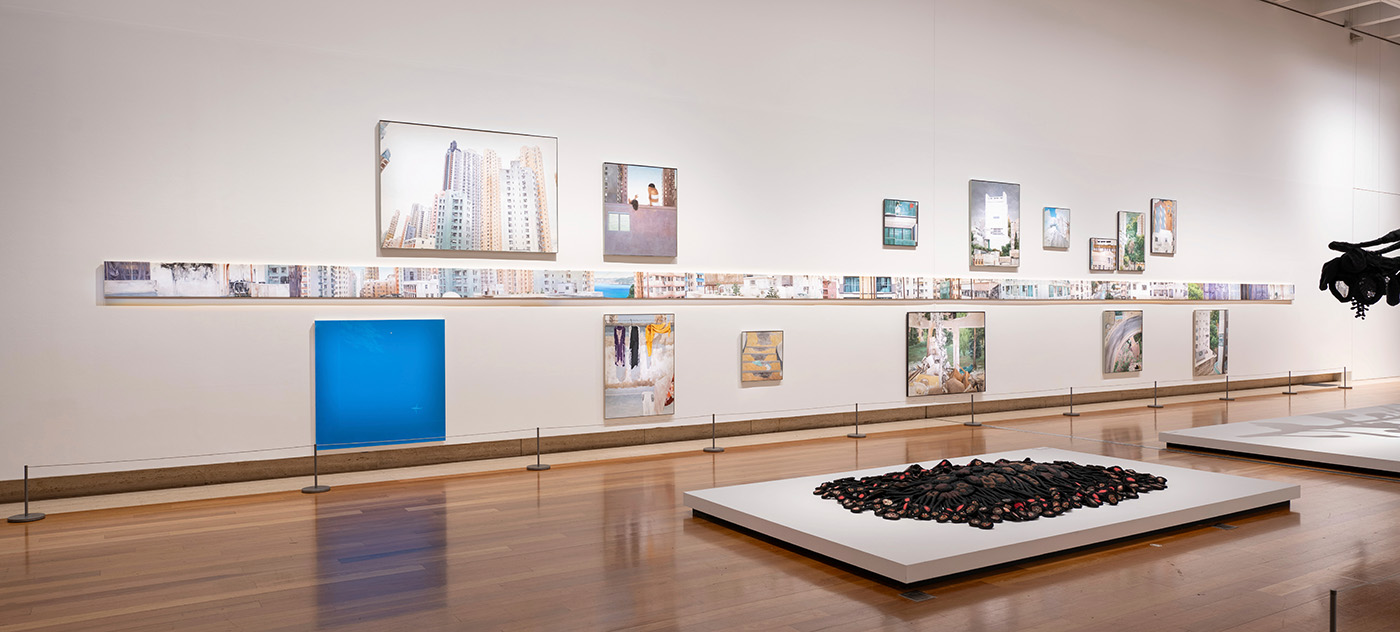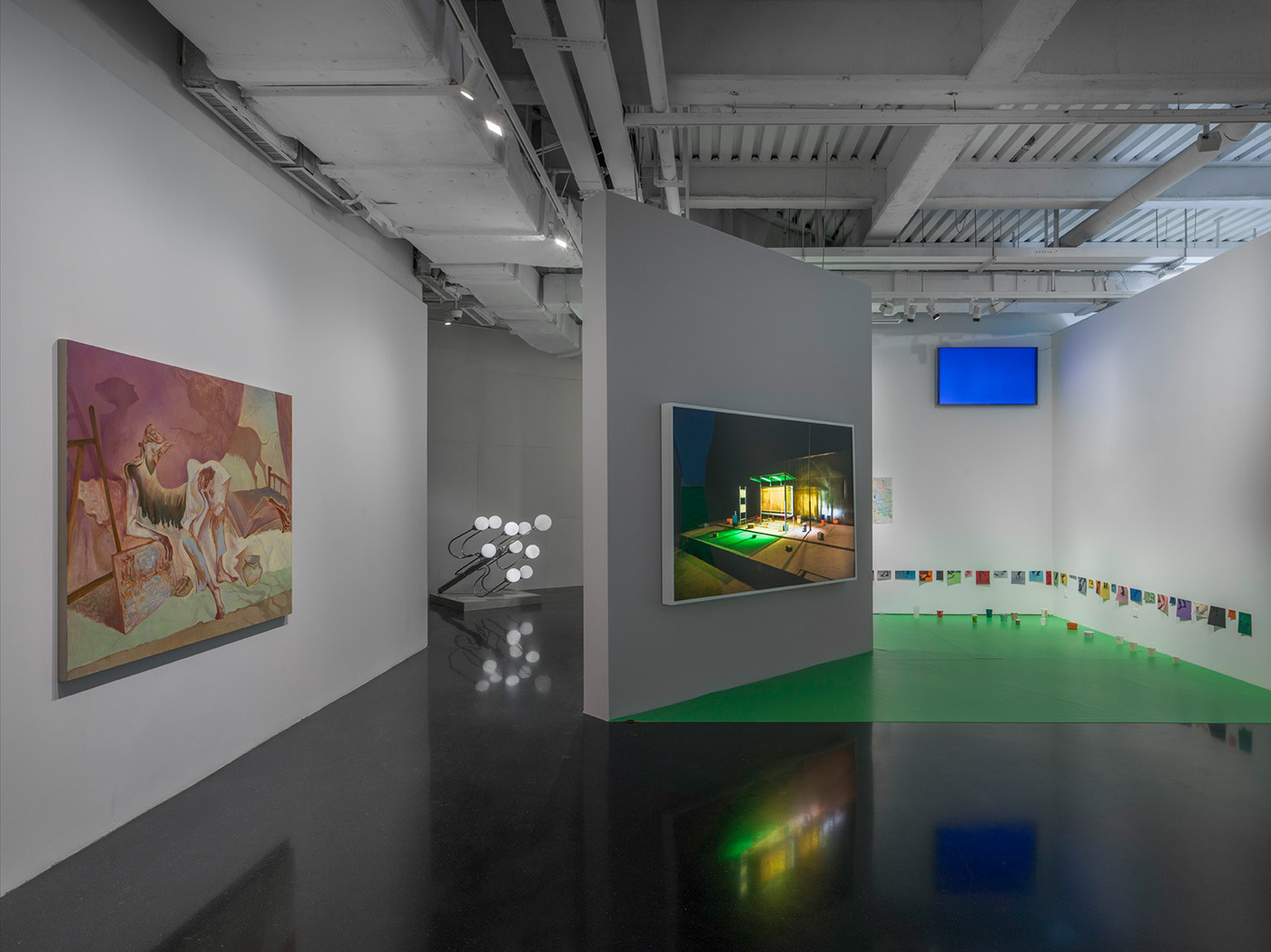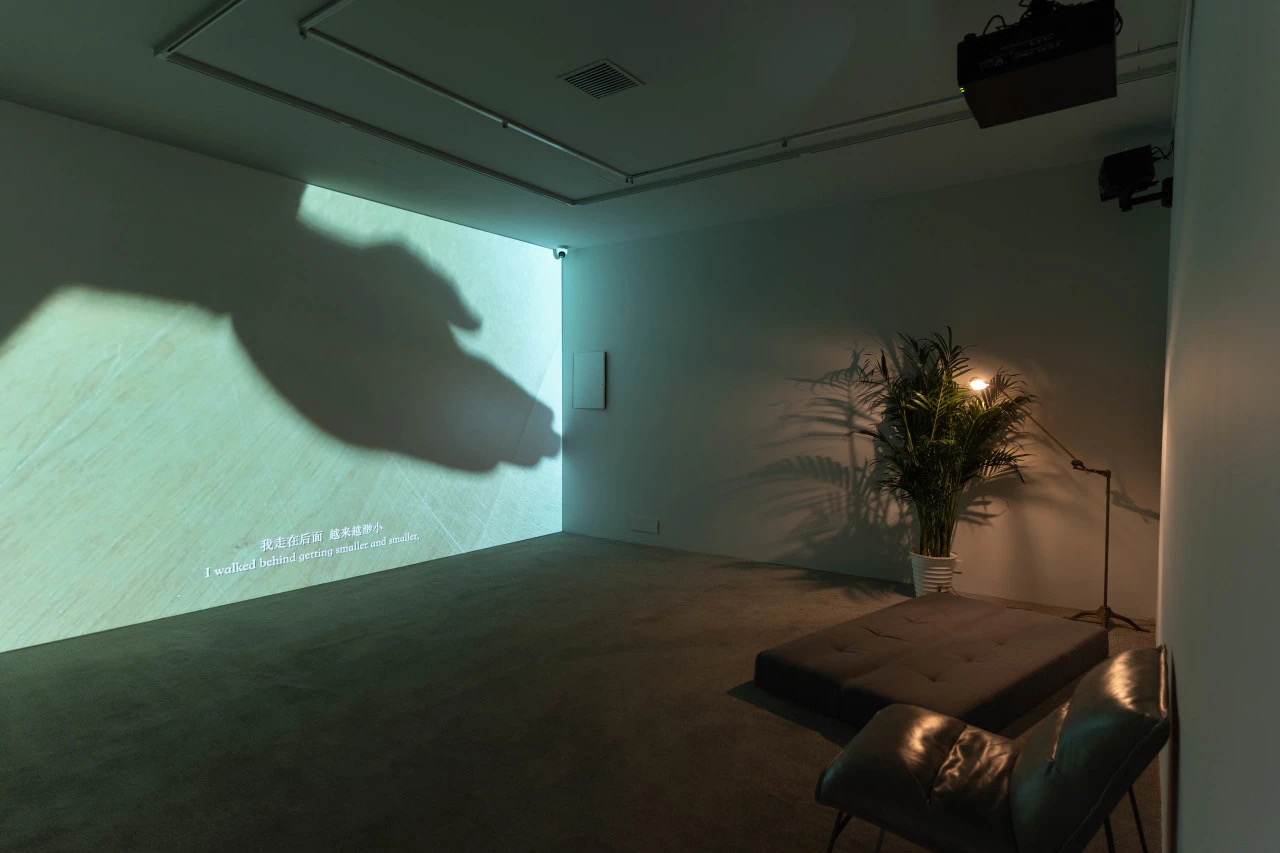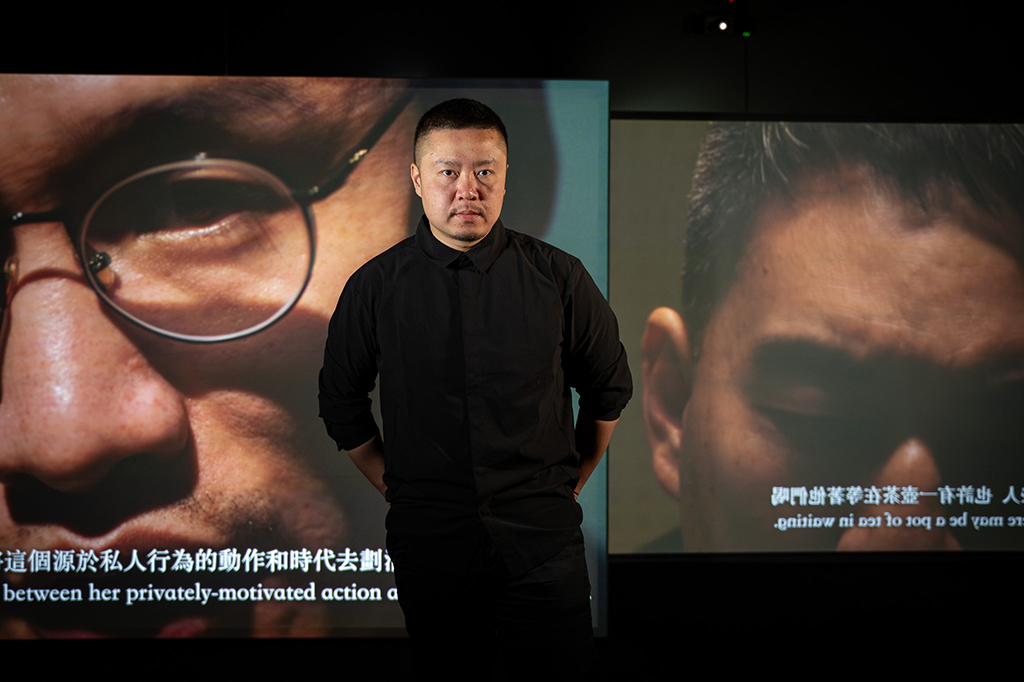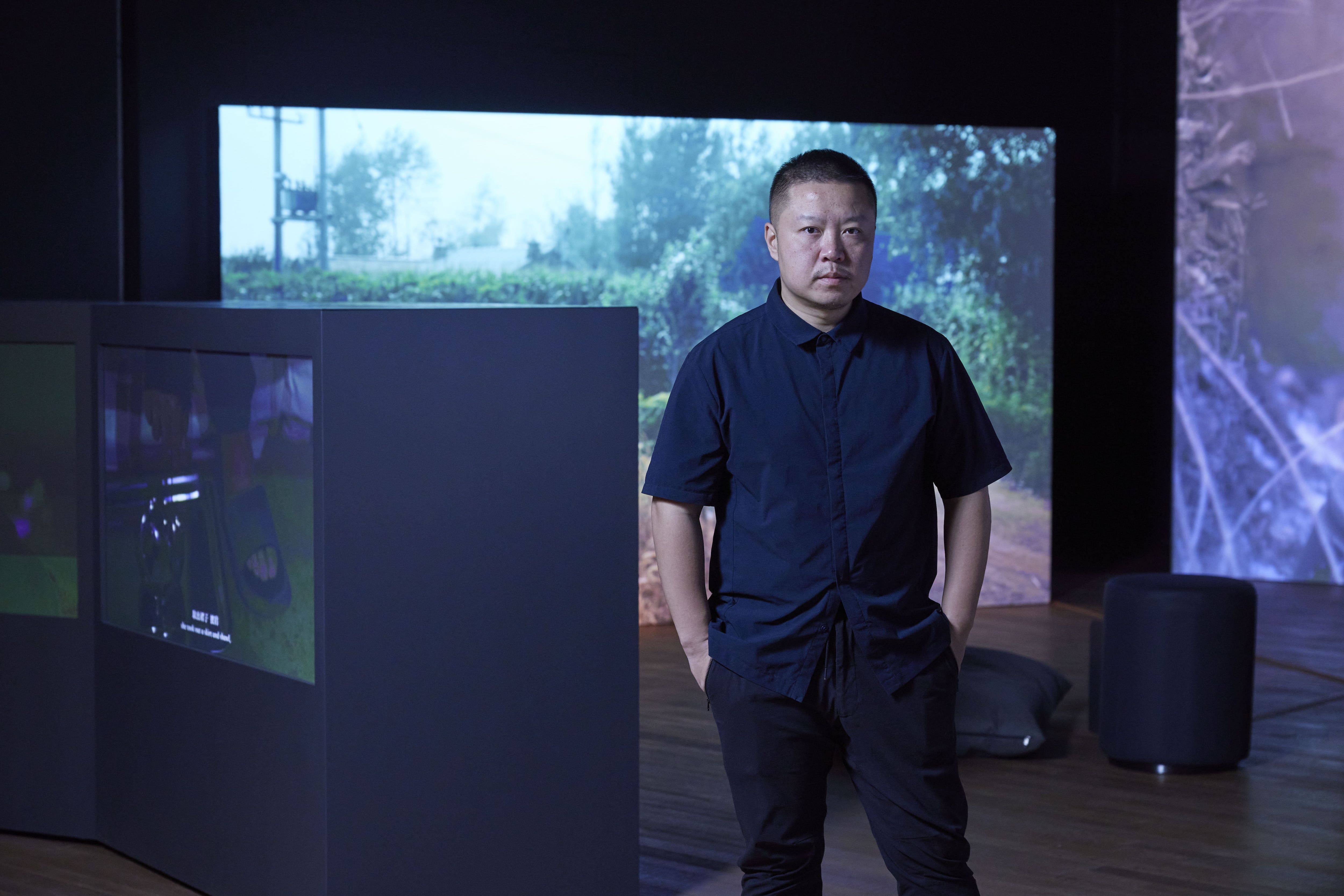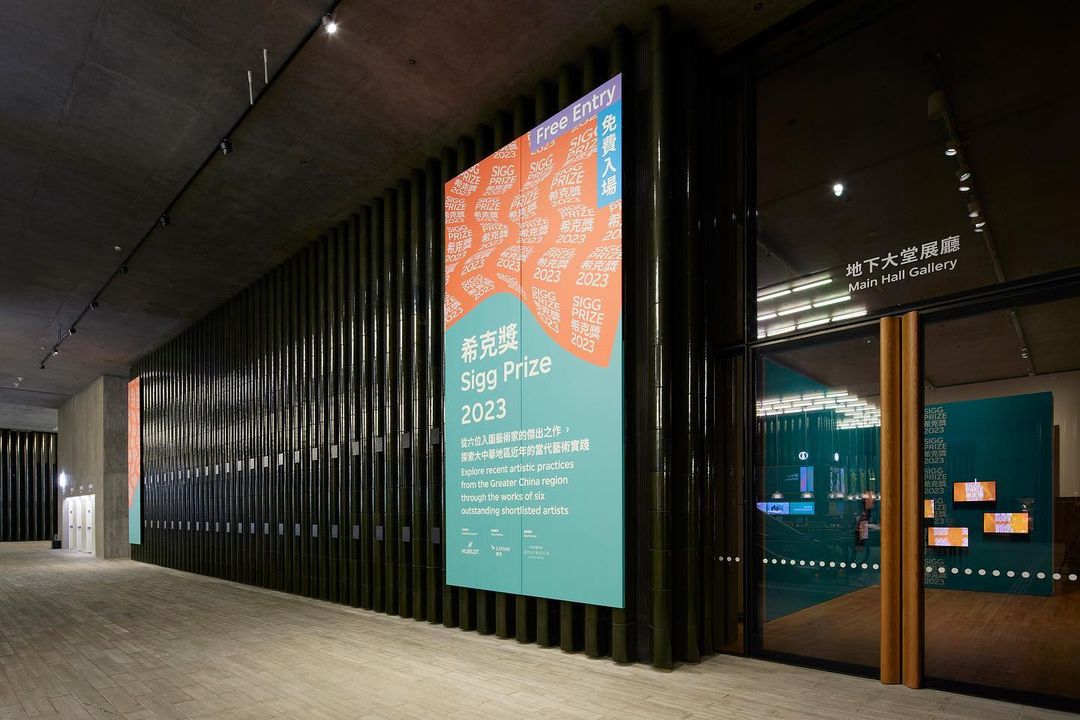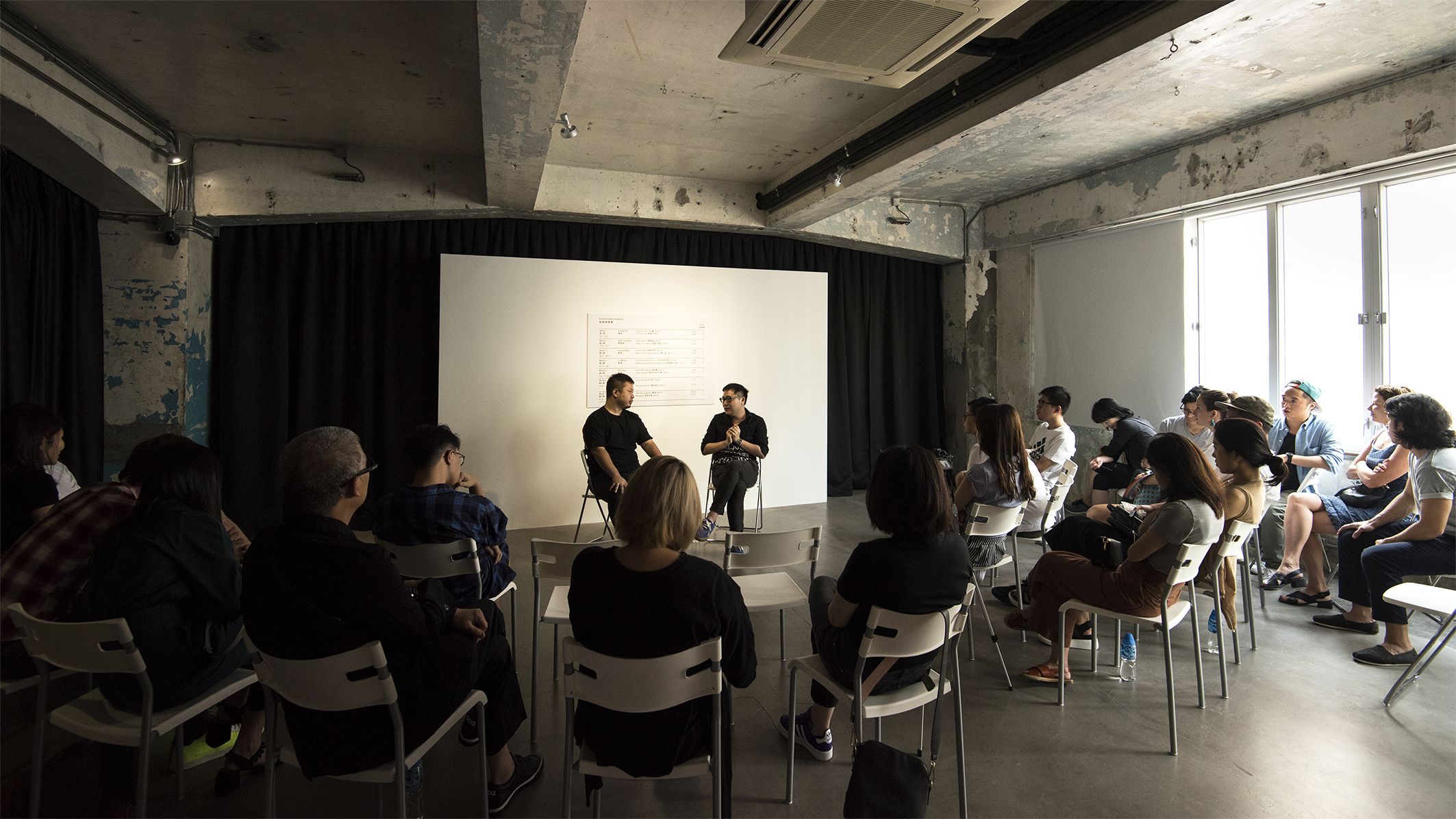Wang Tuo (b. 1984, Changchun, Jilin province, China) interweaves Chinese modern history, cultural archives, fiction and mythology into speculative narratives. Equating his practice to novel writing, he stages an intervention in historical literary texts and cultural archives to formulate stories that blur the boundaries of time and space, reality and imagination. His work spans across film, painting and drawing, to construct multidimensional chronologies. Embracing a uniquely Chinese hauntology, Wang proposes “pan-shamanization” as an entry point to unravel the suppressed and untreated memories of 20th century China. Through historical inquiry, Wang’s works, often unsettling and dramatic, disentangle collective unconsciousness and historical traumas.
Wang’s recent solo exhibition “Wang Tuo: The Second Interrogation” was presented at Blindspot Gallery, Hong Kong in 2023. His other solo exhibitions were held at UCCA Center for Contemporary Art (Beijing, 2021) and Taikang Space (Beijing, 2016). Wang also participated in group exhibitions at Wind H Art Center (Beijing, 2024), Kunstsammlung Nordrhein-Westfalen K21 (Düsseldorf, 2024), Aranya Art Center (Beidaihe, 2023), M+ (Hong Kong, 2023), KADIST (San Francisco, 2022), He Art Museum (Guangdong, 2022), Song Art Museum (Beijing, 2022), Incheon Art Museum (Incheon, 2021), National Museum of Singapore (Singapore, 2021), OCAT Institute (Beijing, 2021), Power Station of Art (Shanghai, 2021), Shanghai Duolun Museum of Modern Art (Shanghai, 2021), National Museum of Modern and Contemporary Art (Seoul, 2020), Serpentine Gallery (London, 2020), Today Art Museum (Beijing, 2019), Kunsthalle Baden-Baden (Baden-Baden, 2019), Julia Stoschek Collection (Düsseldorf, 2018), Zarya Center for Contemporary Art (Vladivostok, 2018), and Queens Museum (New York, 2017), among others.
Wang is the winner of the K21 Global Art Award 2024 and the Sigg Prize 2023. He was selected for the OCAT x KADIST Emerging Media Artist Residency Program in 2020 and was artist-in-residence at Queens Museum in New York from 2015 to 2017. Furthermore, he was awarded the 10th Three Shadows Photography Award in 2018.
Wang currently lives and works in Beijing.


